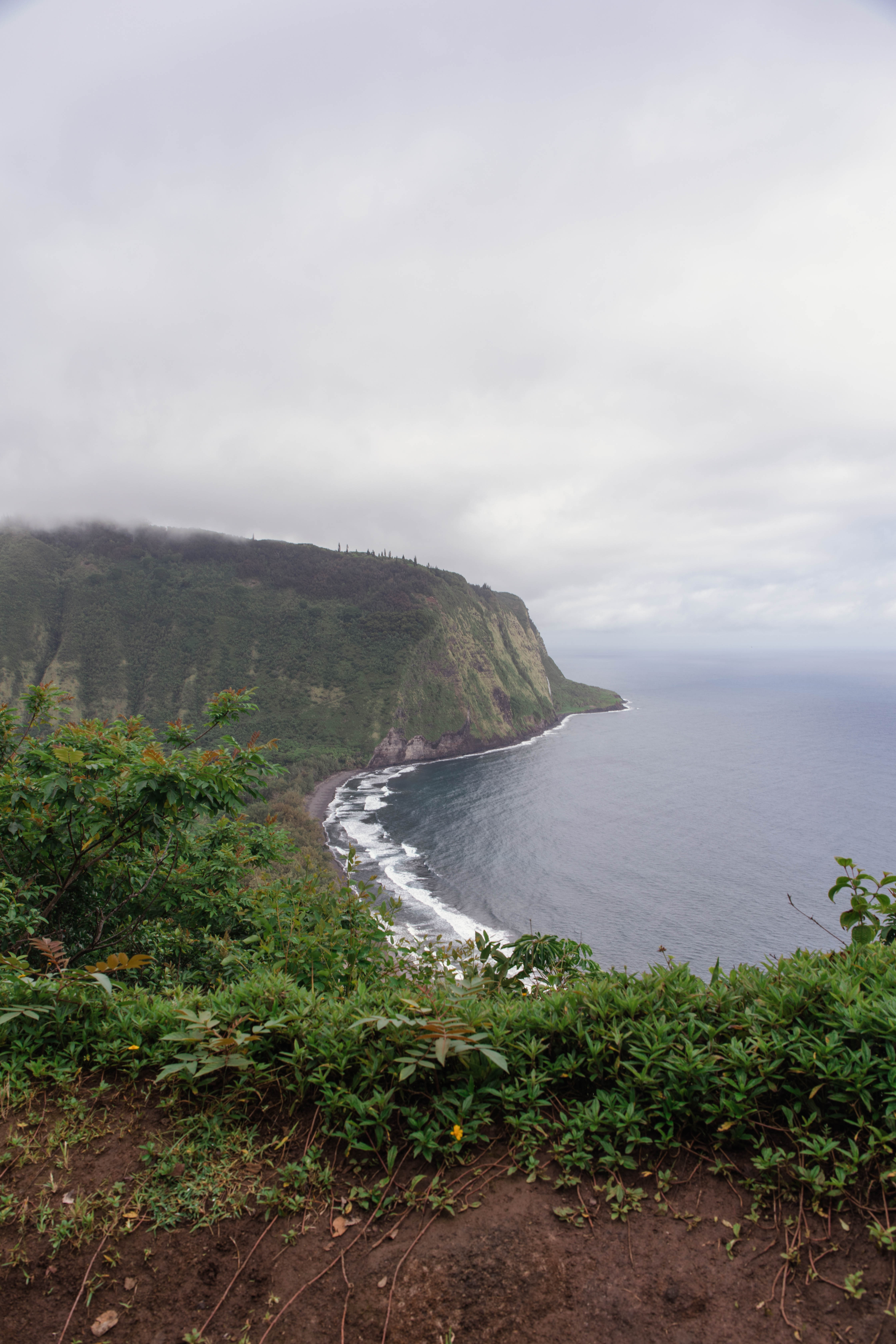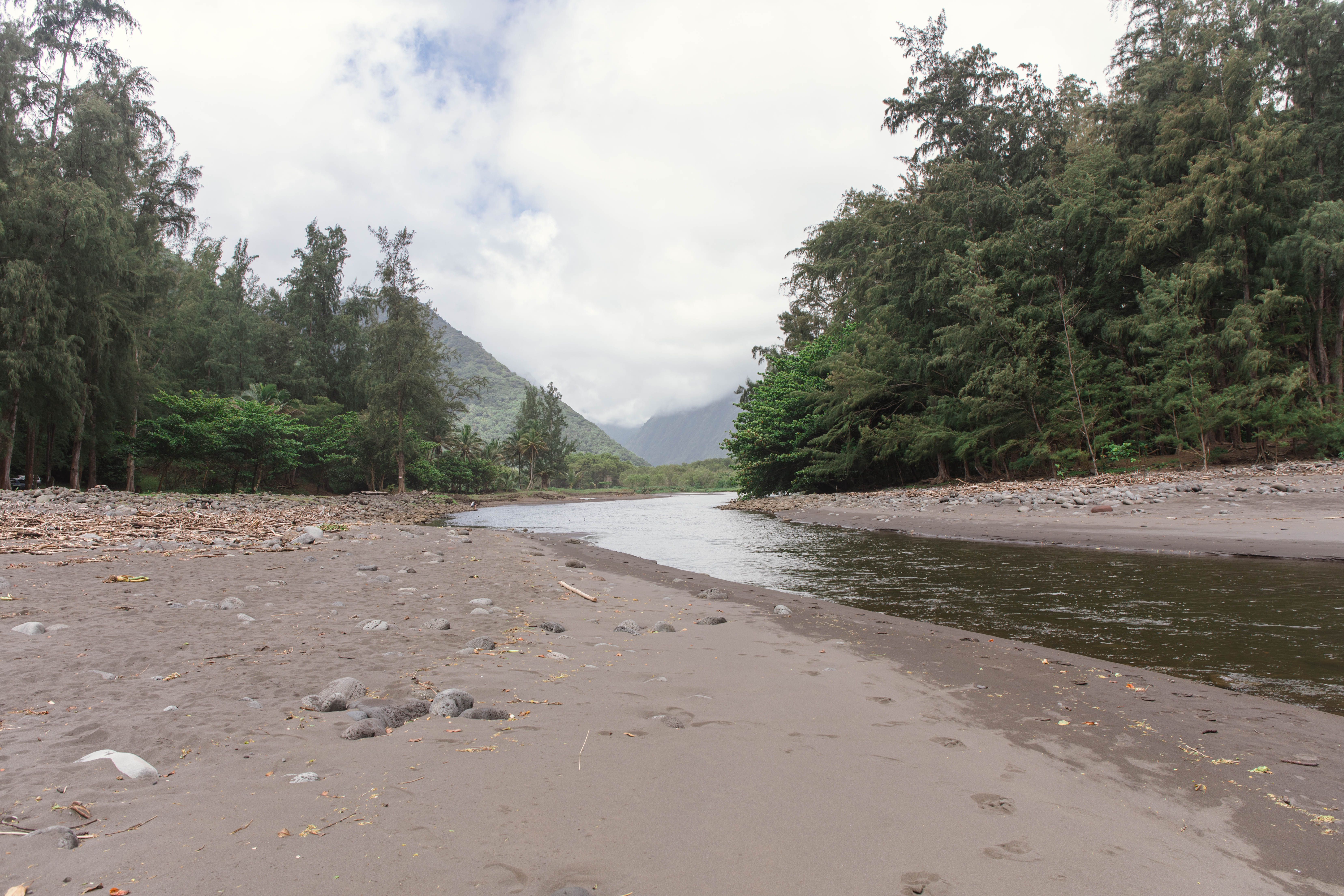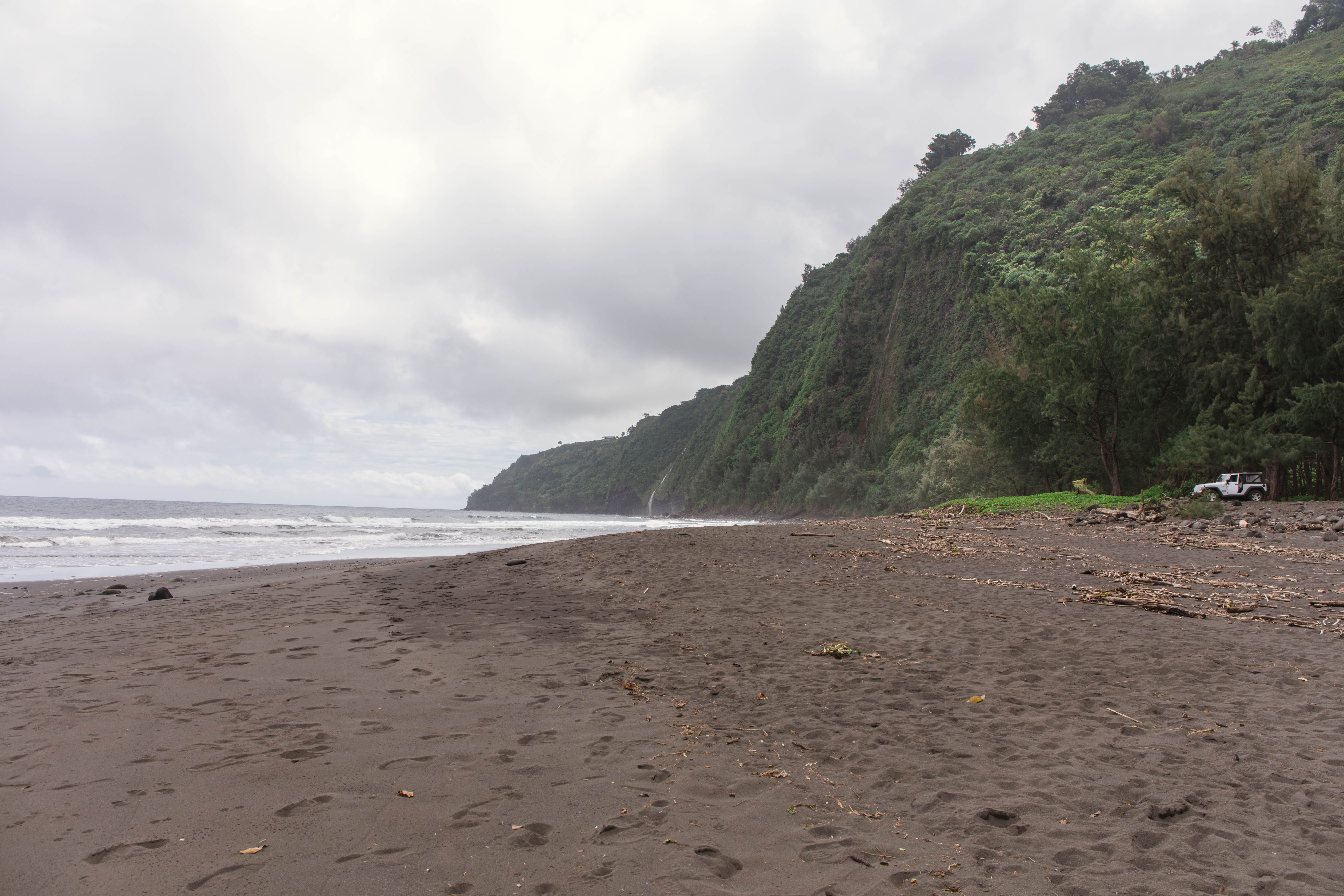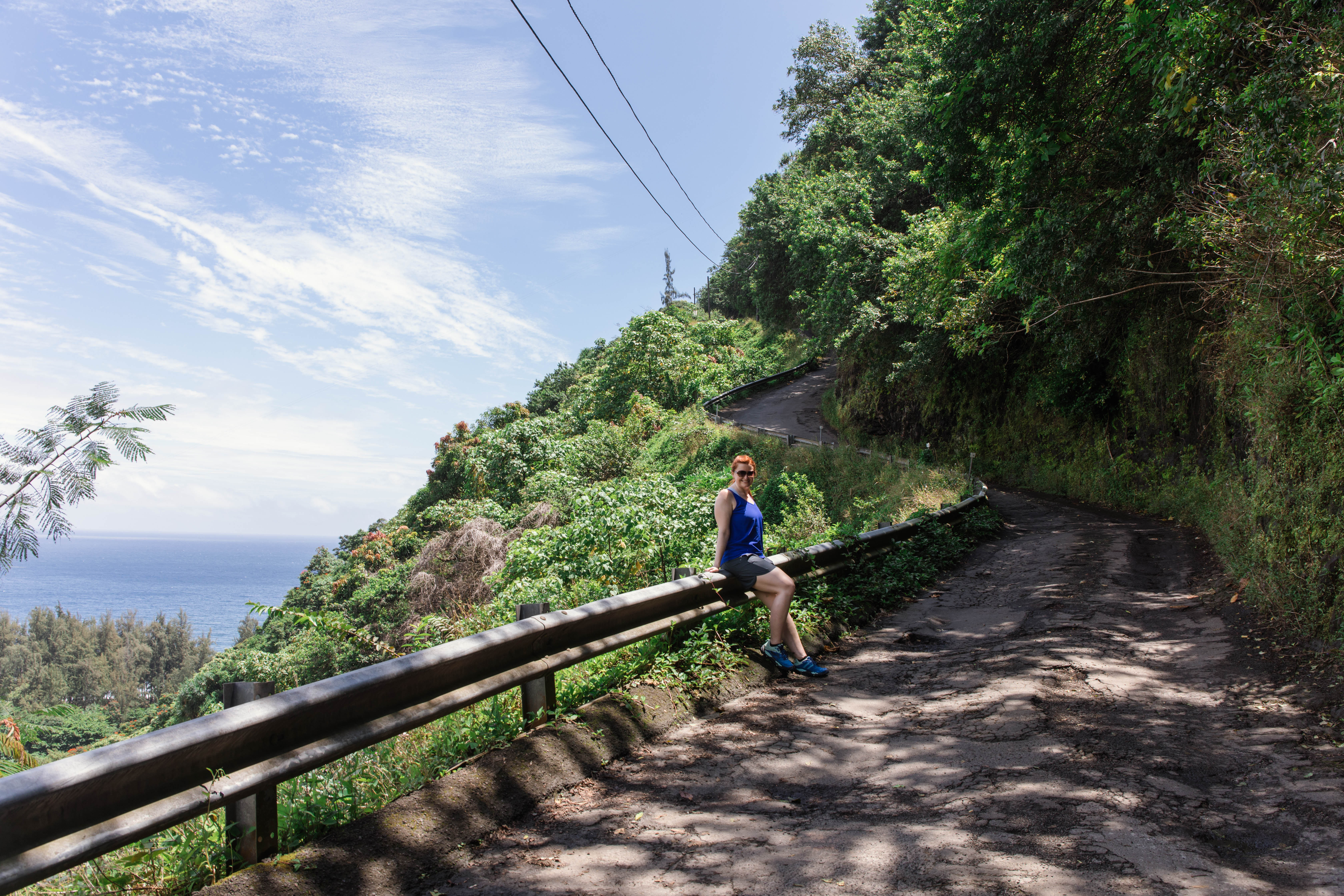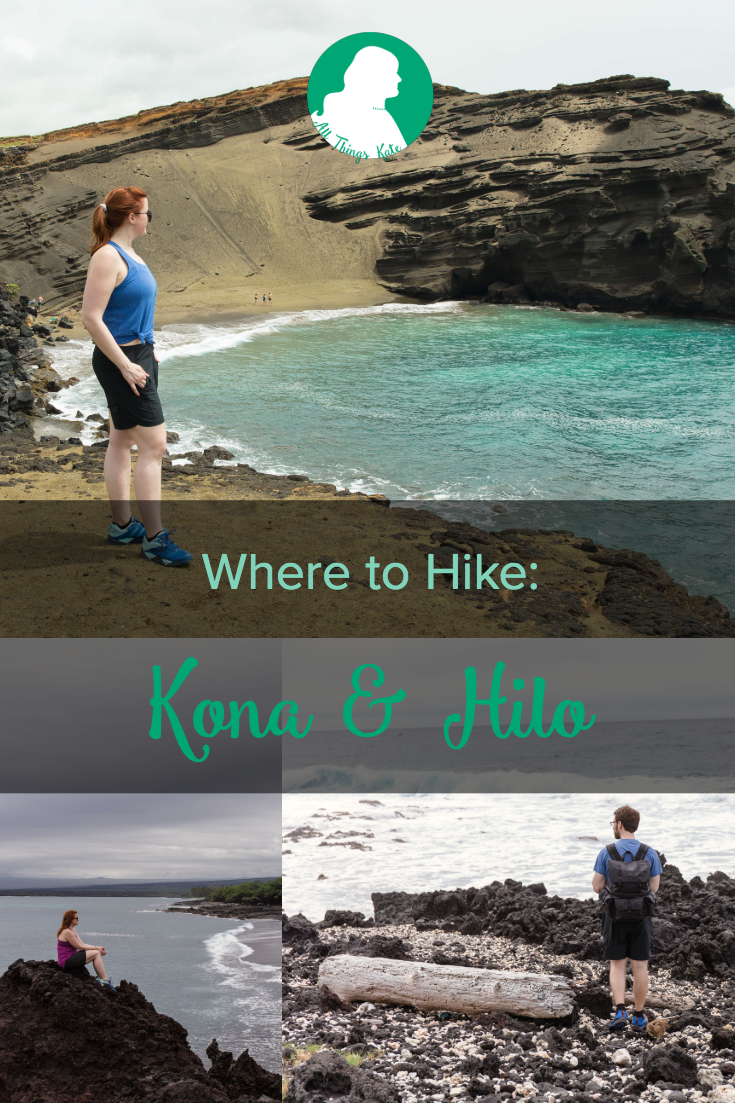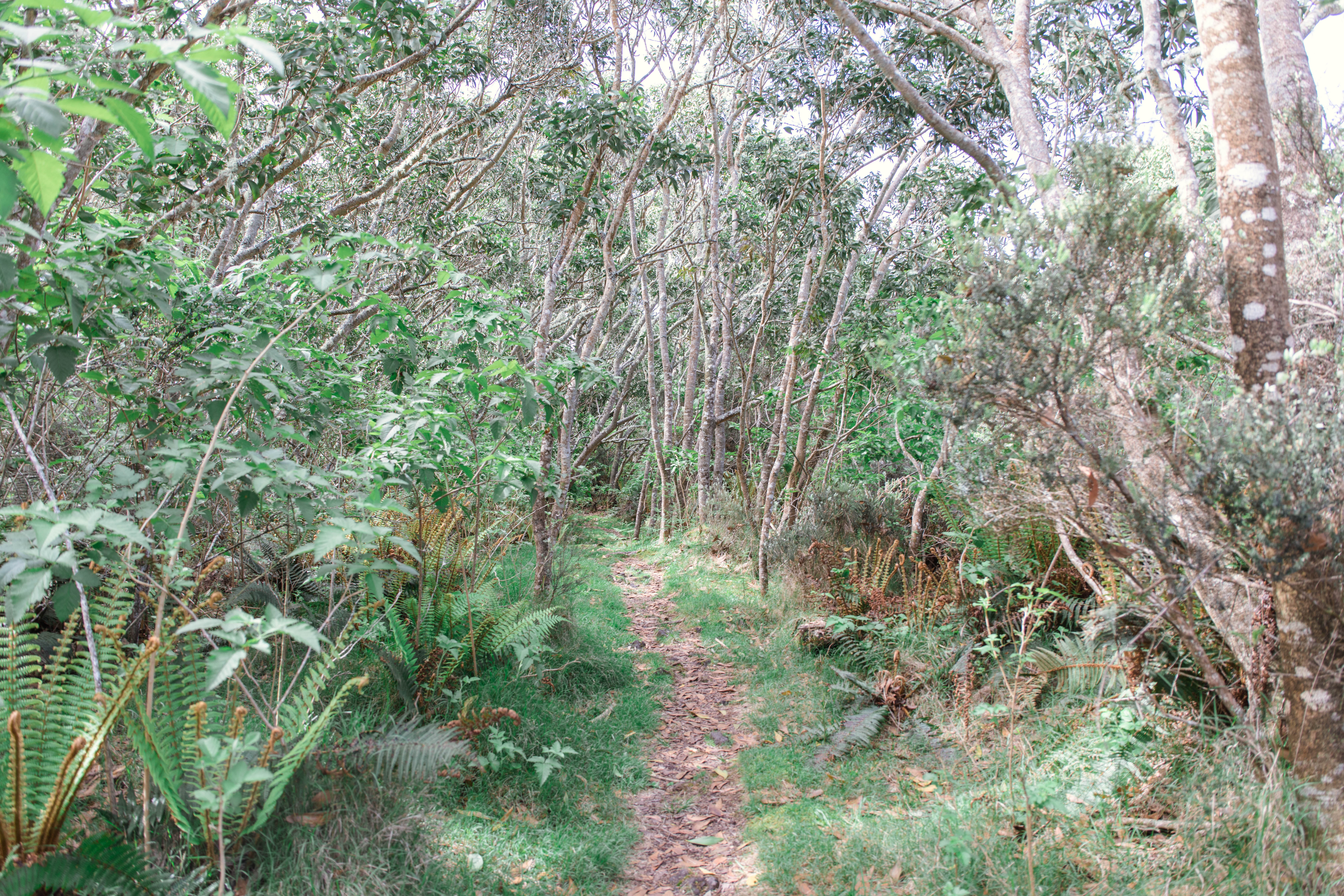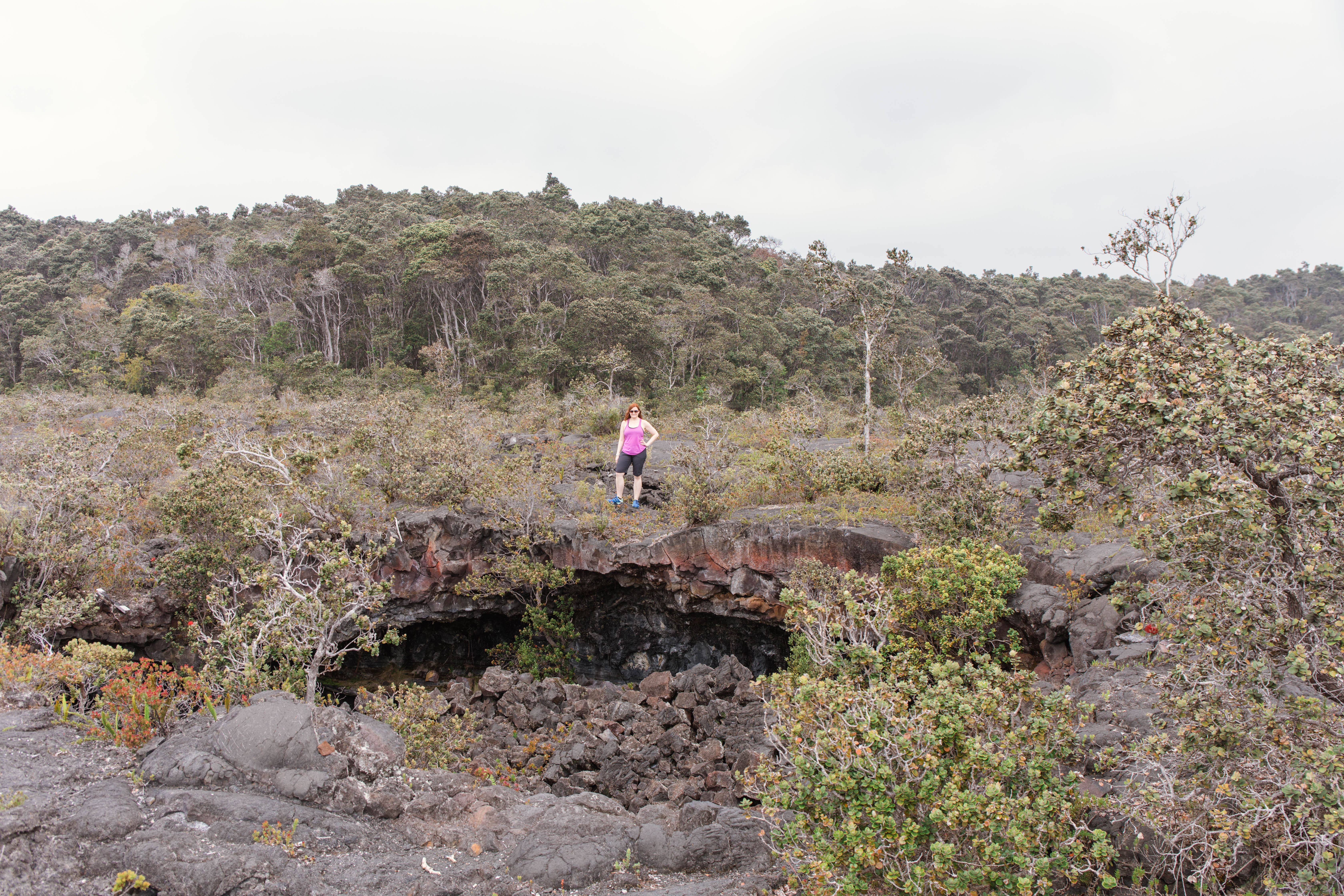Where to Hike: Kona & Hilo
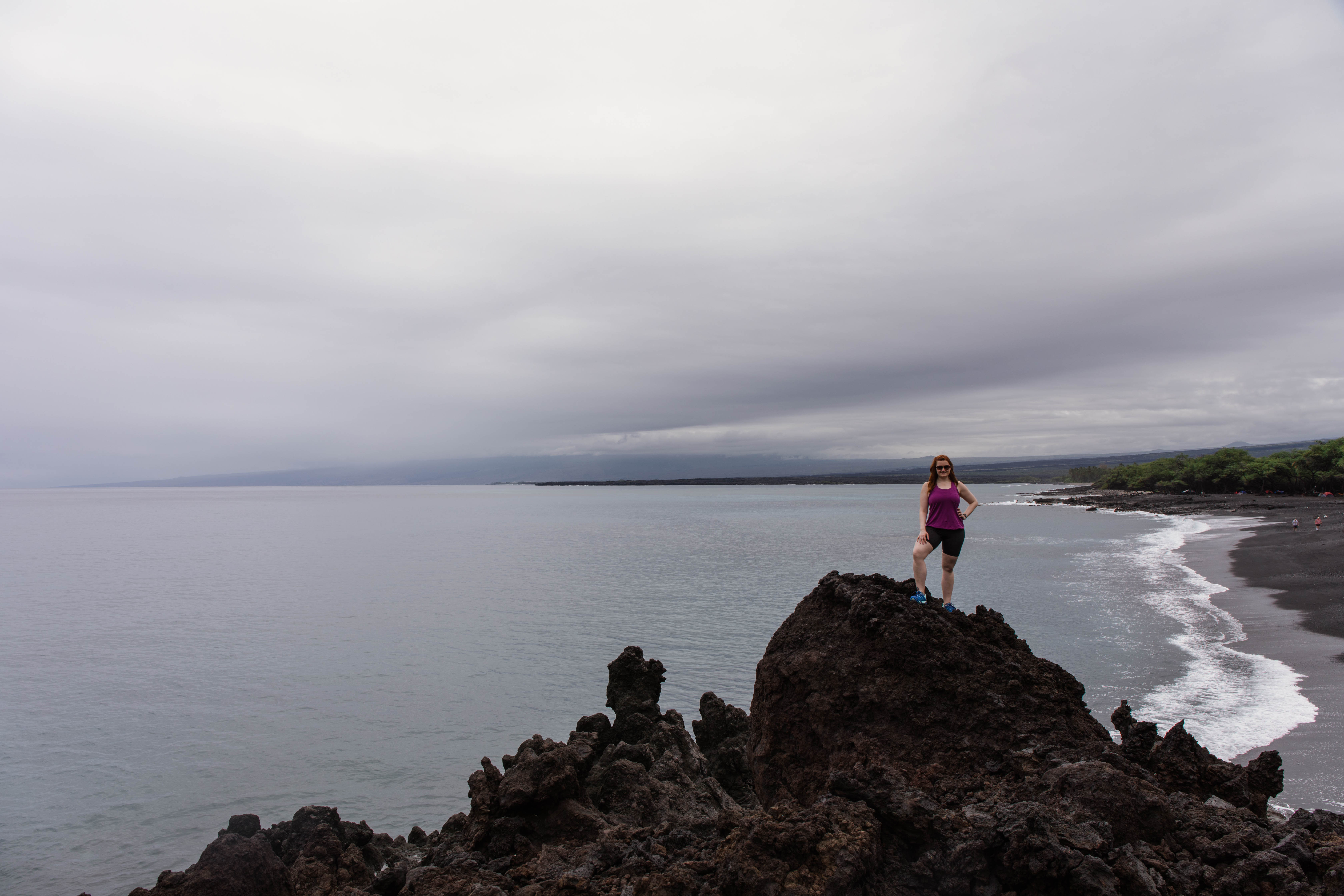
Hiking on the Big Island felt very different than Oahu. While Oahu had lots of forests, ridges, and greenery, the Big Island had lots of lava rock. To be sure, there were still many green spots around the island and the Big Island had many beautiful places to hike. But the oldest parts of the Big Island are only about 700,000 years old, so its no wonder that Oahu feels a bit more “grown up” given that Oahu is a whopping 1.5 to 2.7 million years older.
Kohala Coast
The Kohala Coast is on the west side of the island and north of Kona. A number of these hikes you could probably hit in just one day.
Pu’ukohola Heiau National Historic Site
Good for a quick visit, you’ll learn a bit about Hawaiian culture and history while visiting several landmarks.
Puako Petroglyph Park
This short path (somewhere around half a mile) leads to some old petroglyphs carved into stone. Not the most exciting trail in the world, but good for a quick 30 minute visit.
Kiholo Bay
One of several black sand beaches on the Big Island, this bay was quiet on the day that we arrived. It’s a couple miles of gravel roads to get there, but the black sand beach is only steps from the parking log. On the beach, you can choose to go north or south. We chose to go south and followed the trail over the lava rock, visiting several more (small) black sand beaches along the way.
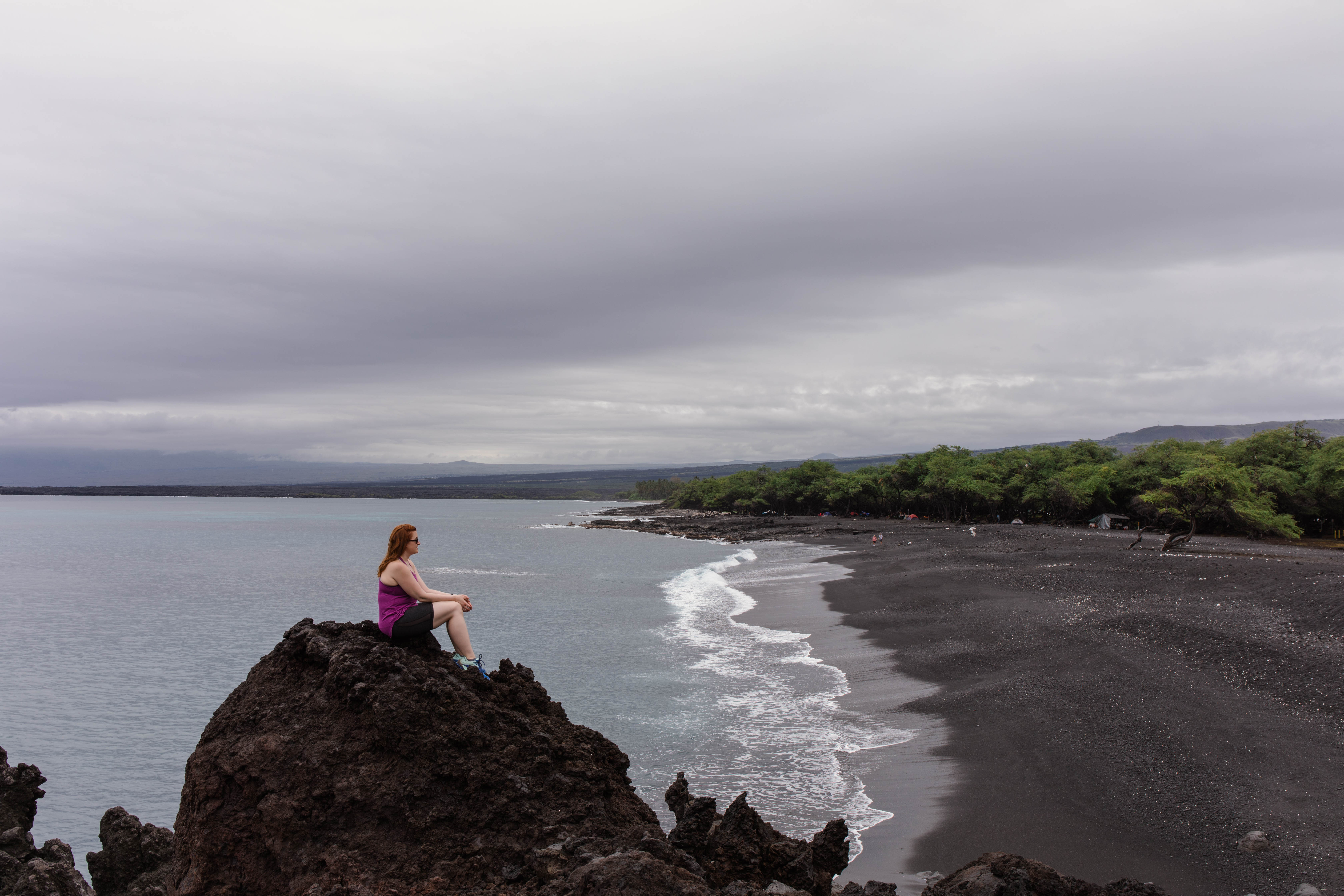
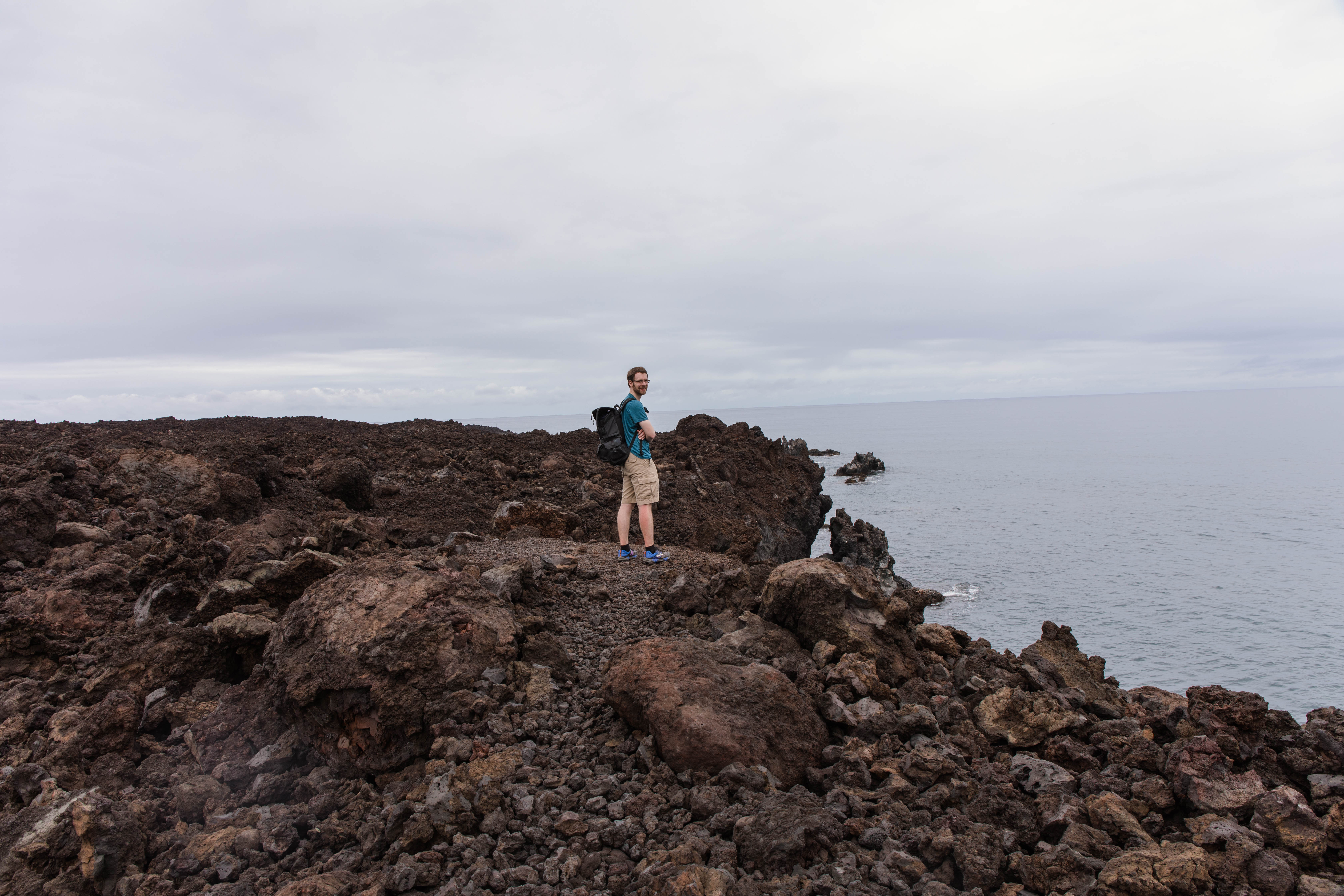
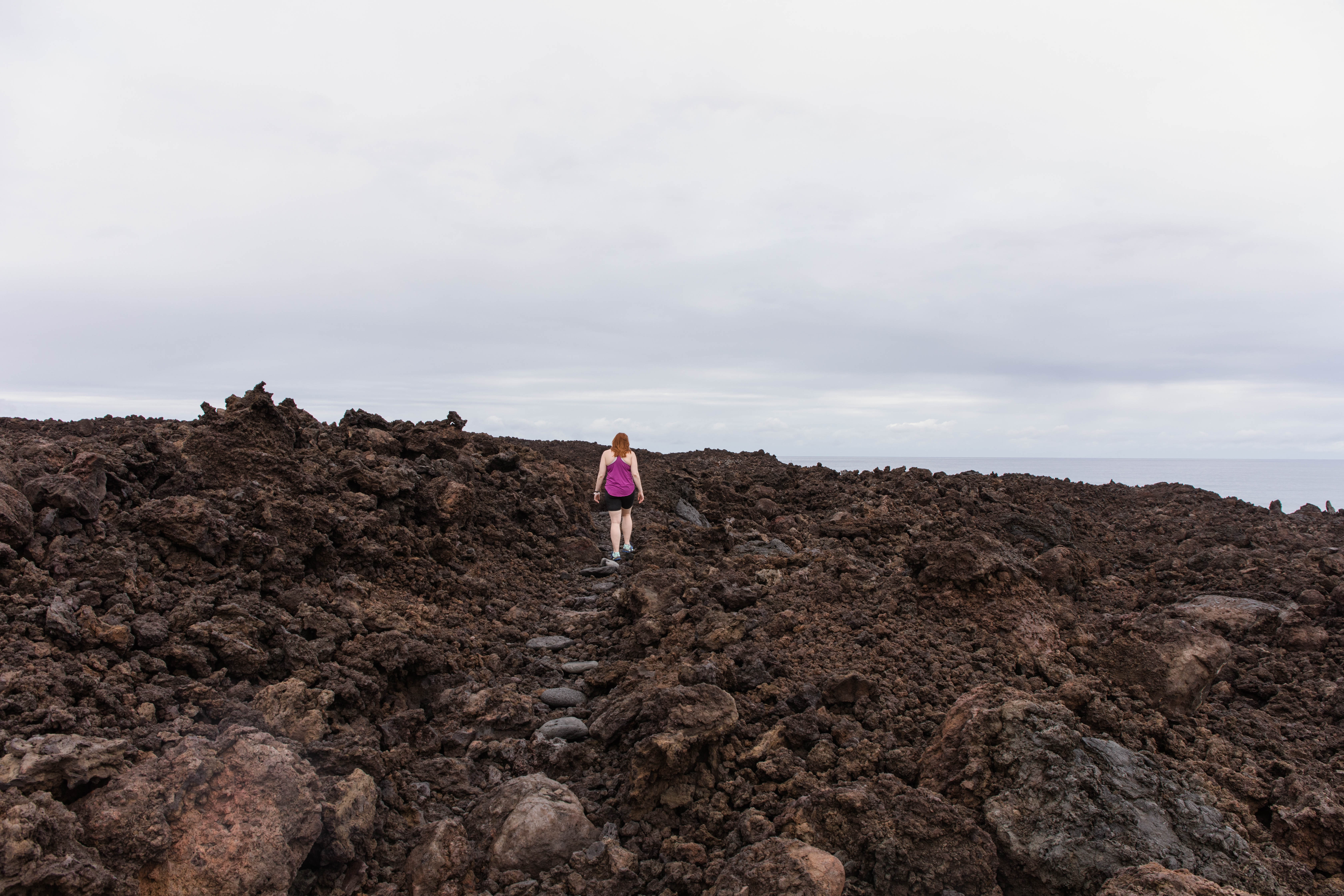
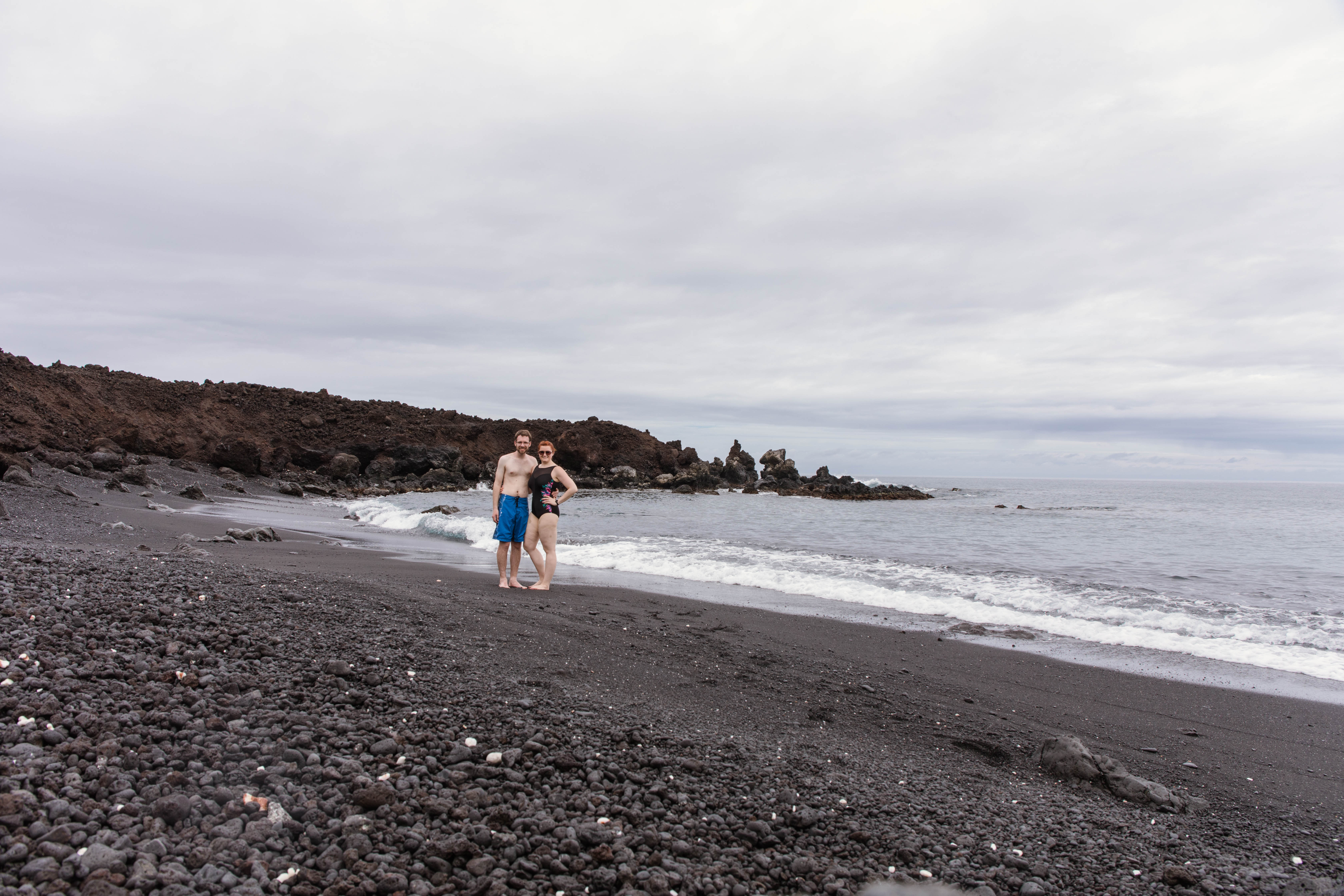
Ka’u
Ka’u includes the island’s southwest region. It includes the most southern point of the island and goes up to the edge of Volcano National Park.
South Point
Did you know that the most southern point in the U.S. is on the Big Island of Hawaii? I never realized it, but Hawaii is pretty far south compared to the rest of the U.S. To get to the southern most point, just park and walk a quarter mile due south. Along the way, you’ll pass a sign that says no cliff diving followed by metal platforms with a bunch of people cliff diving.
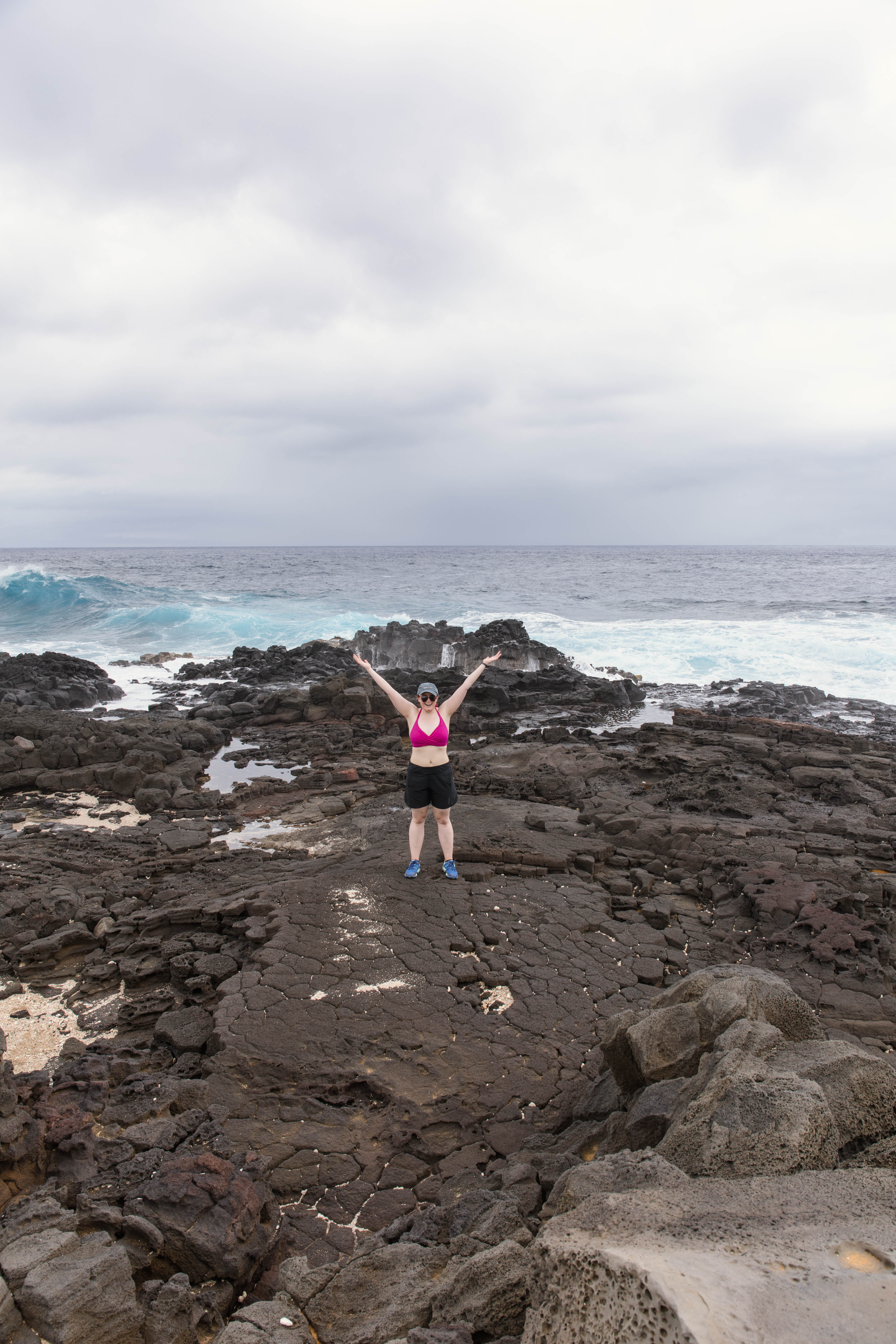
Papakōlea (Green Sand) Beach
On the same road as South Point is the trailhead to Hawaii’s green sand beach. The only thing rougher than the parking lot are the 4WD “taxis” that the locals operate to transport tourists out to the green sand beach. Respect the environment by skipping the bumpy ride and instead enjoy the several mile long cliff hike as you make your way out to the secluded green sand beach. Once you’re back at the car, be sure to stop at one of the Big Island’s best coffee shops before you hit the highway again.
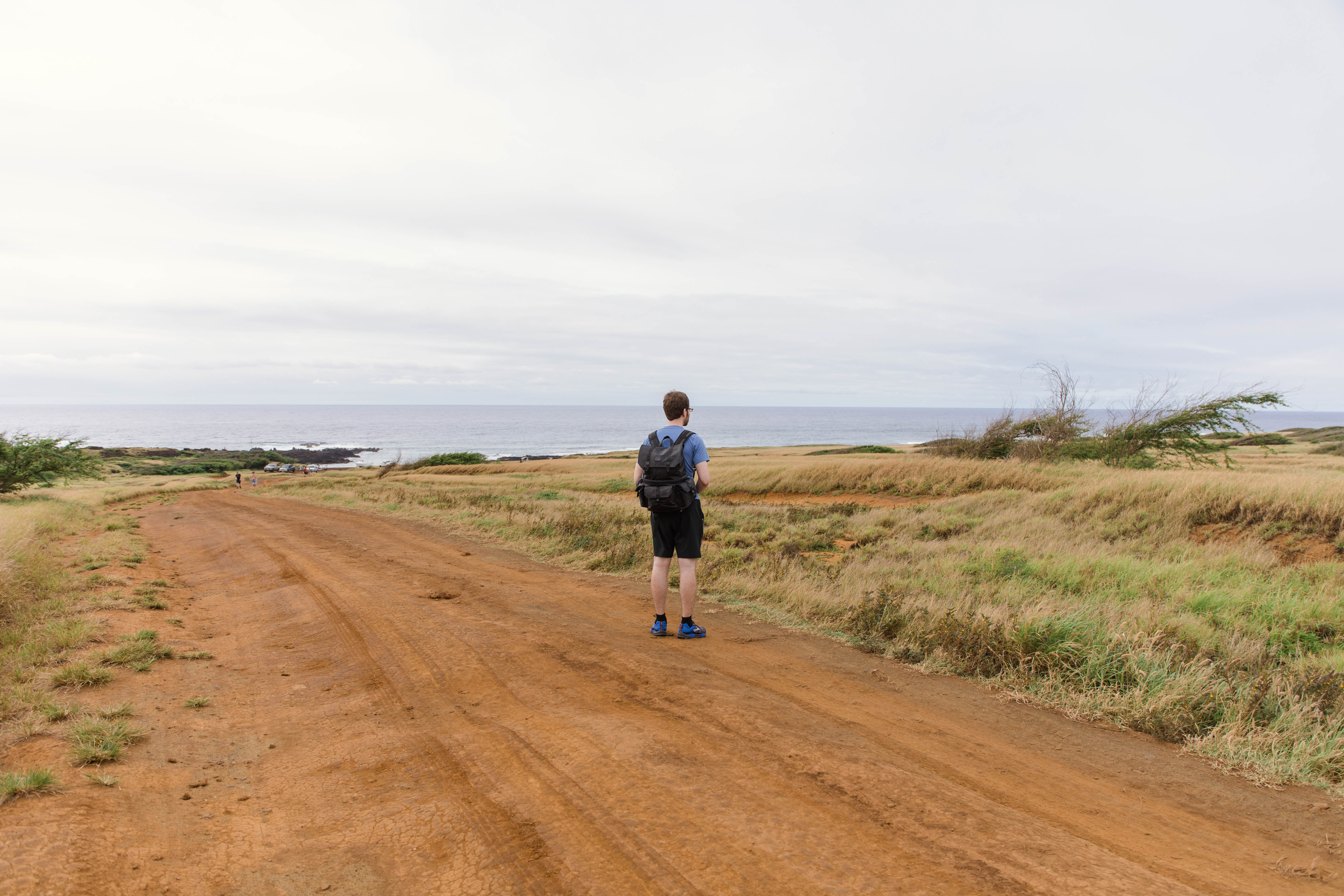
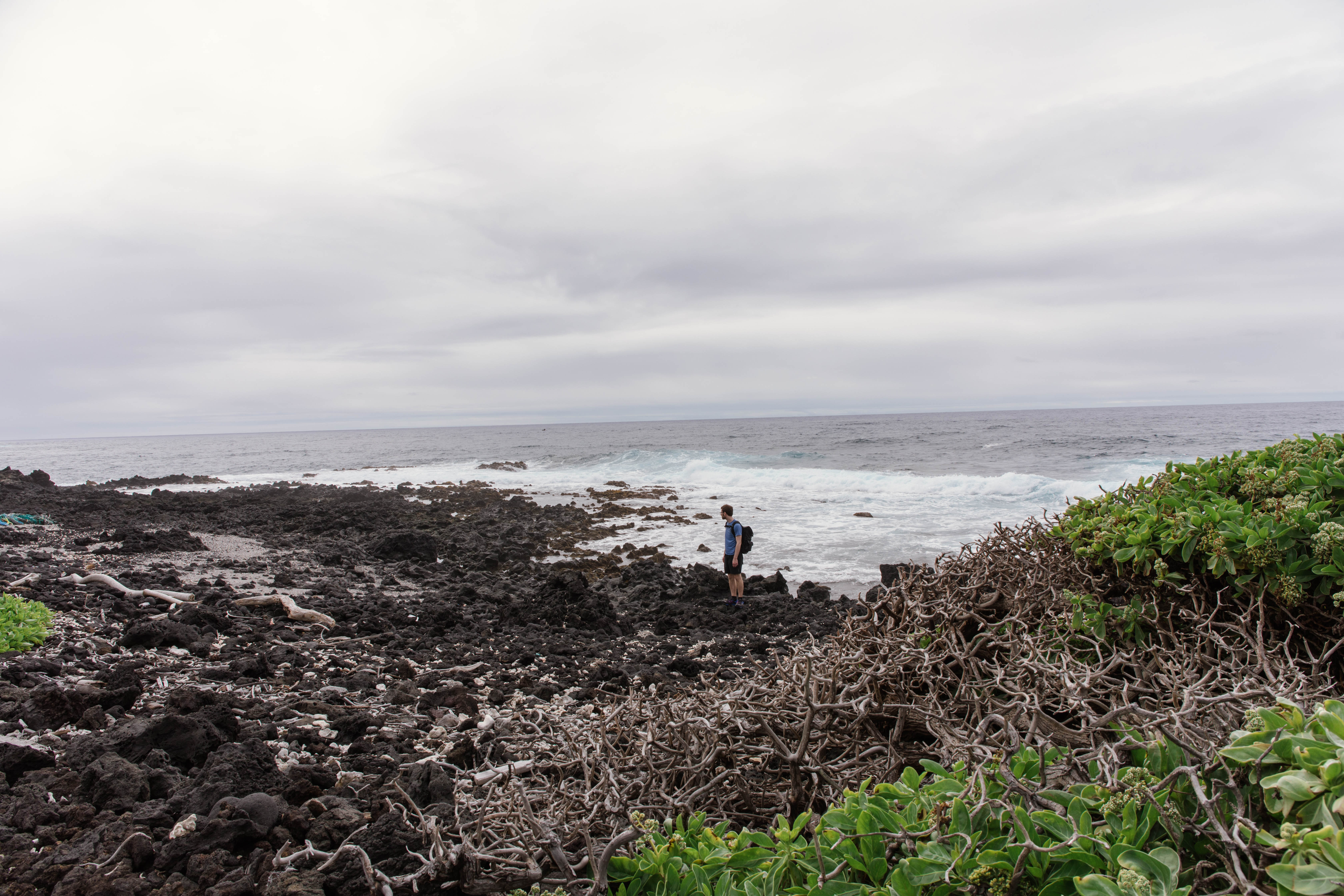
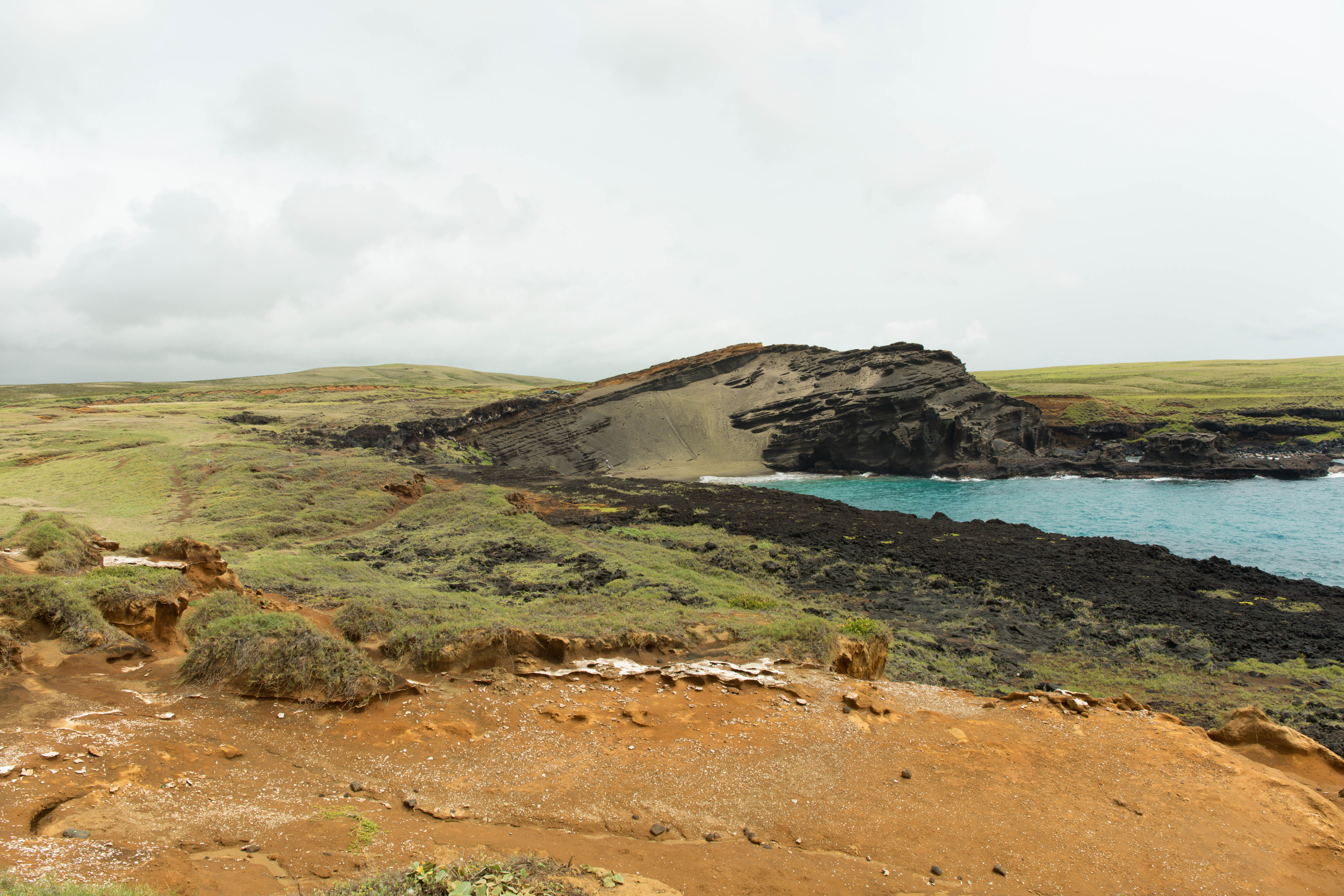
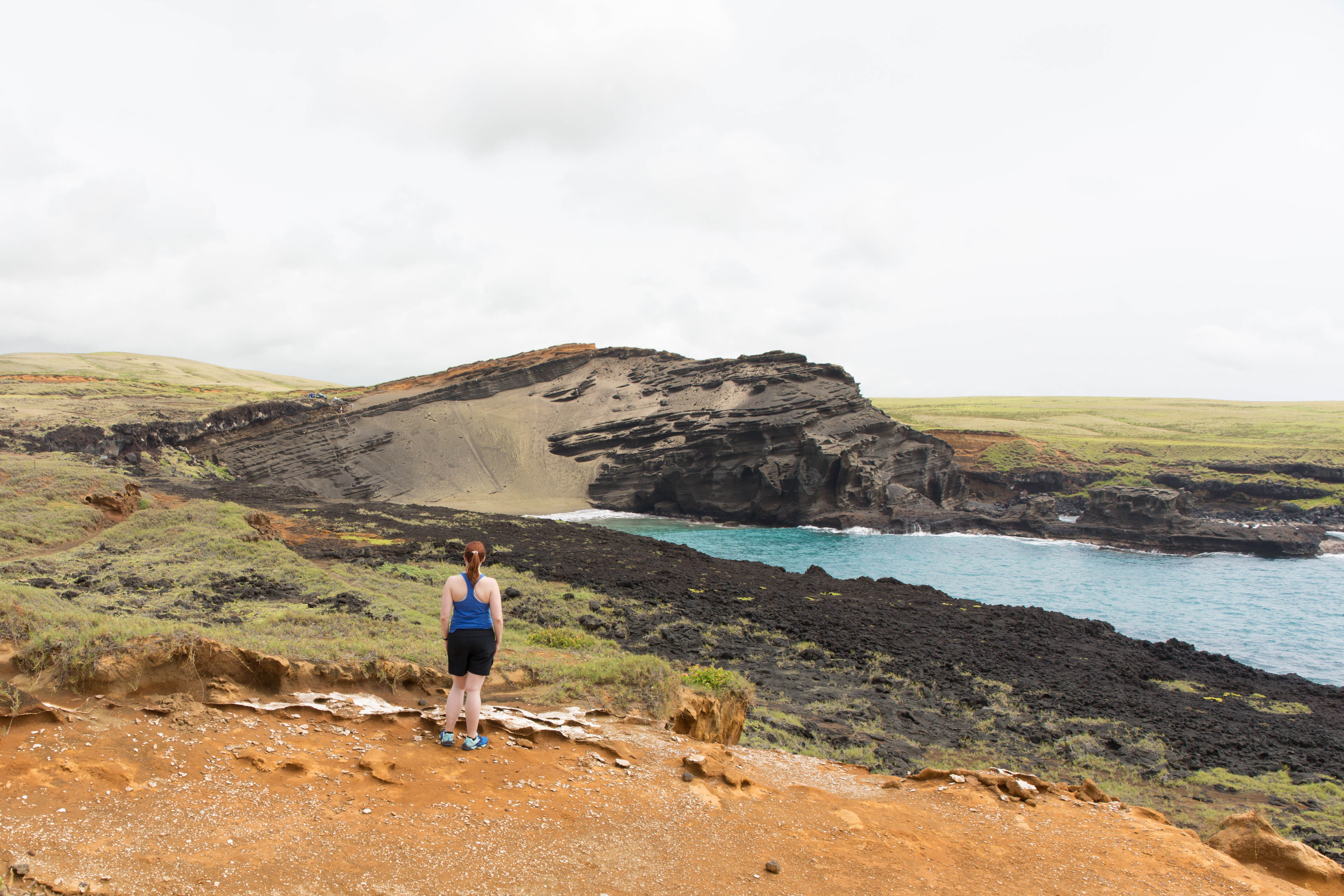
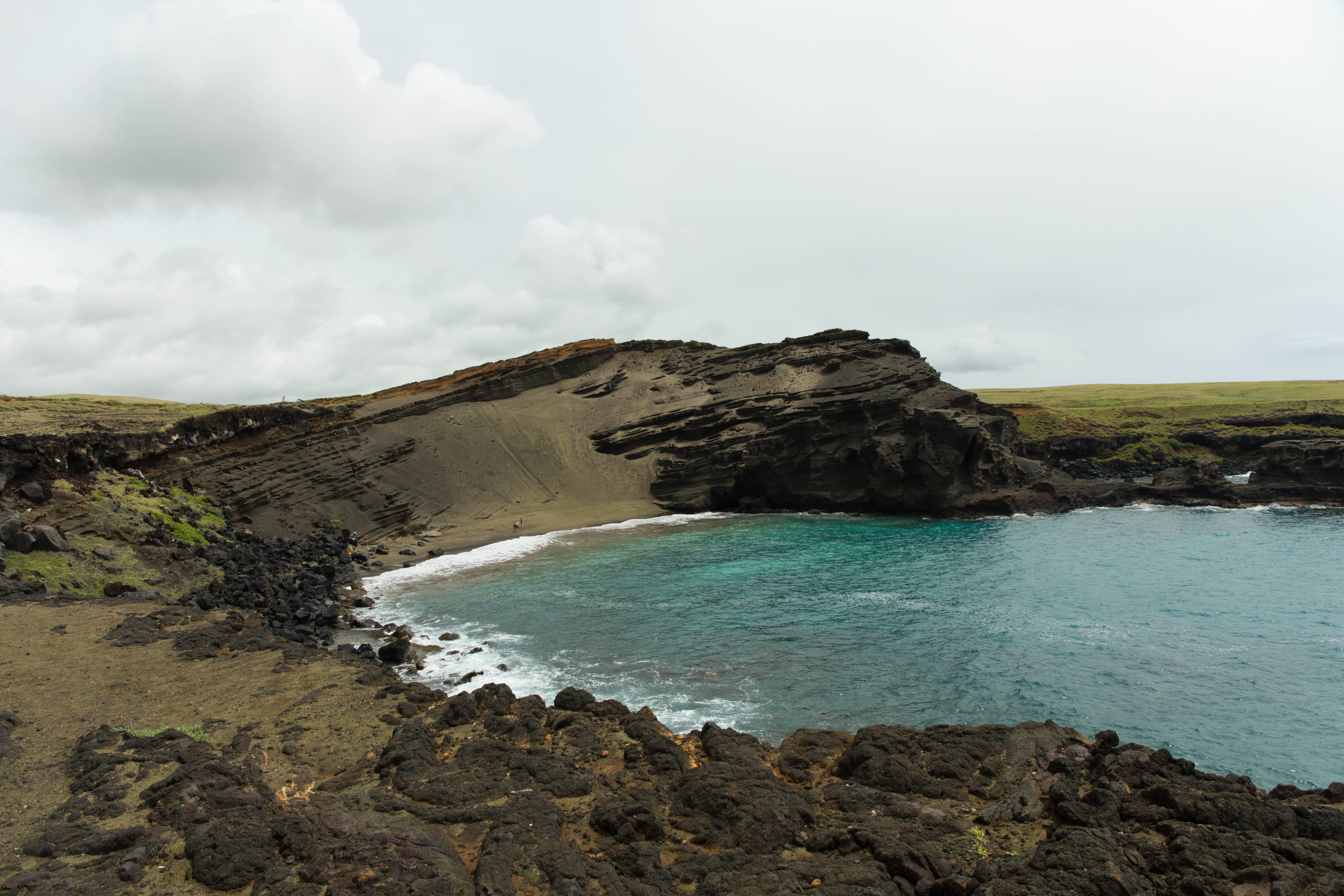
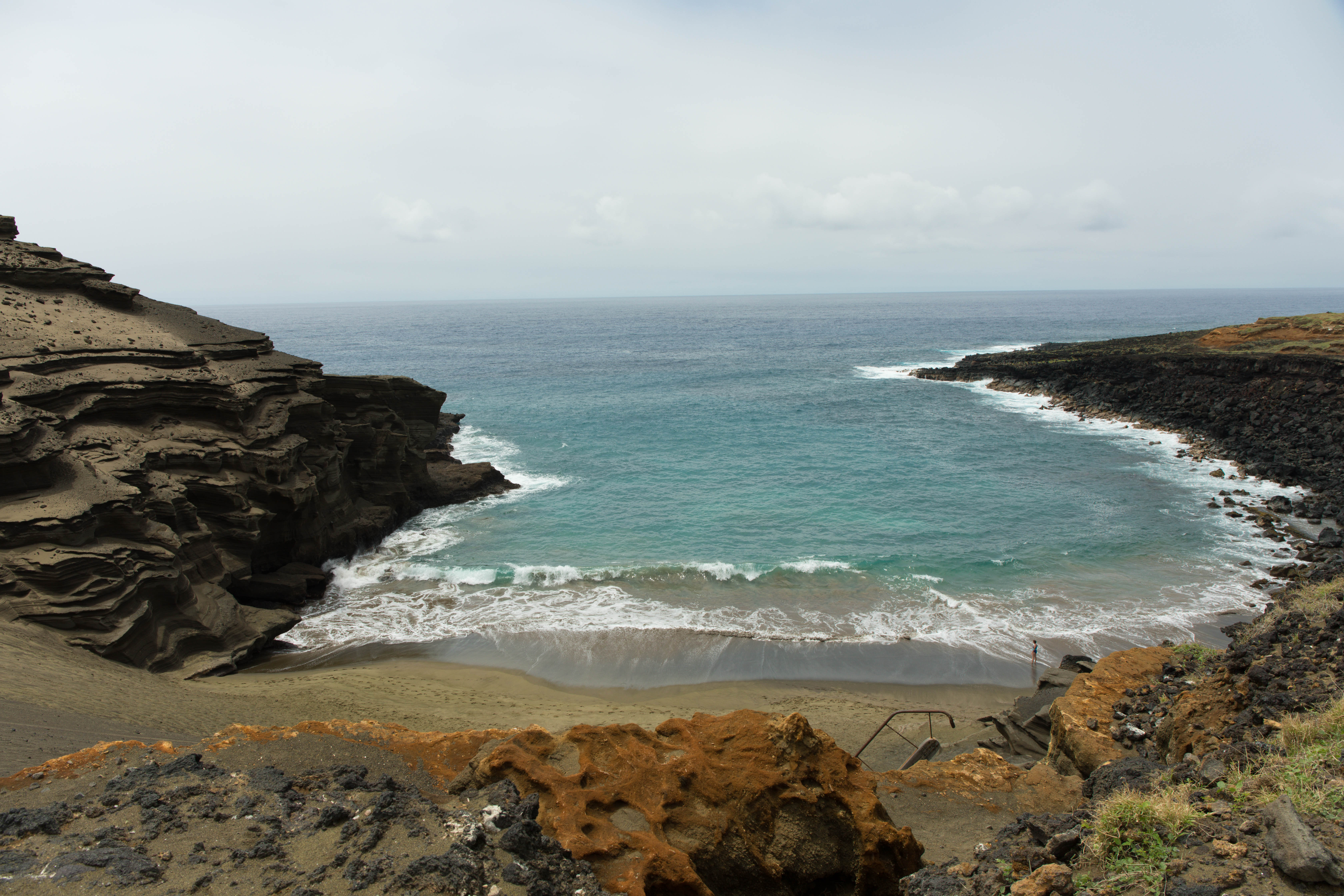
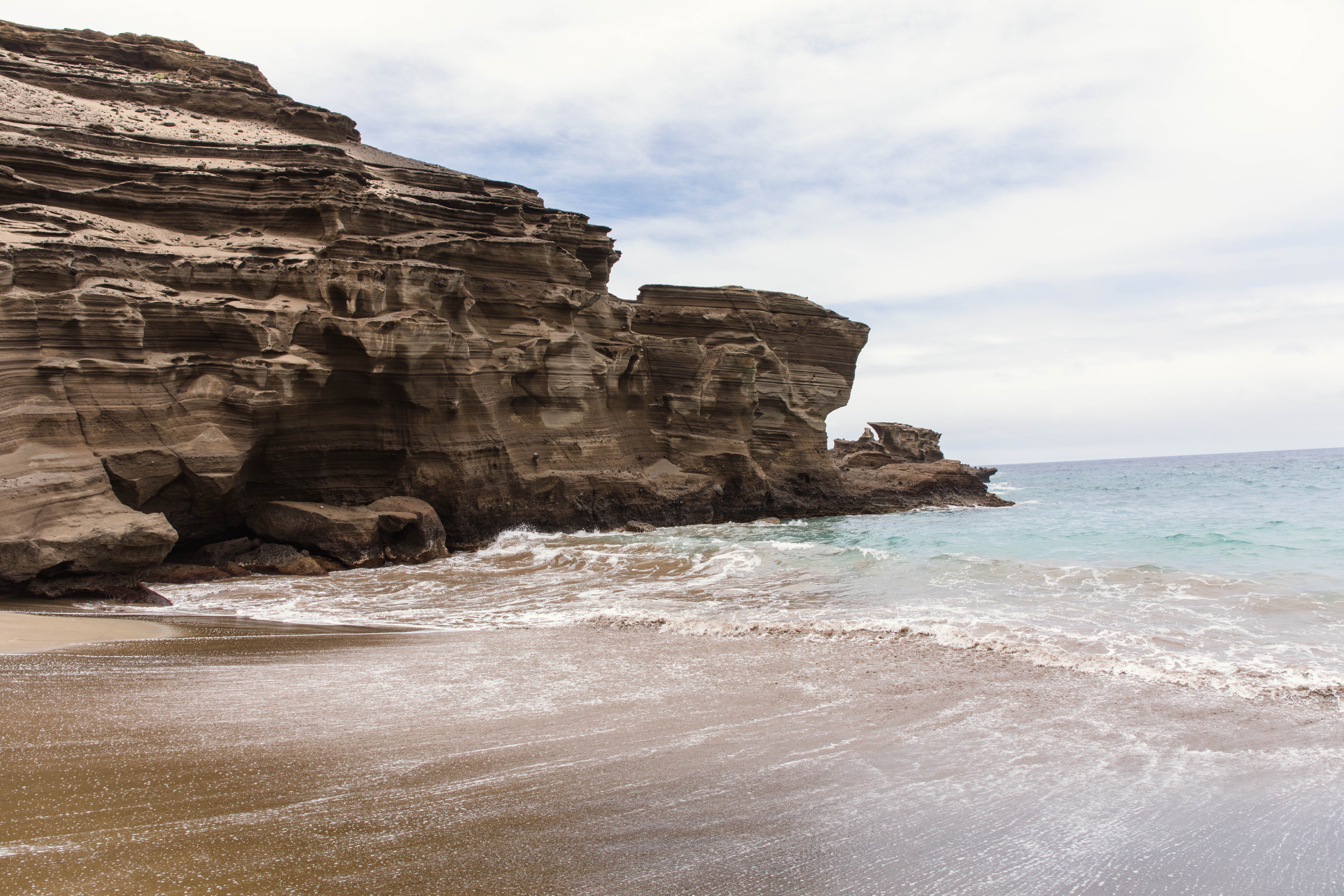
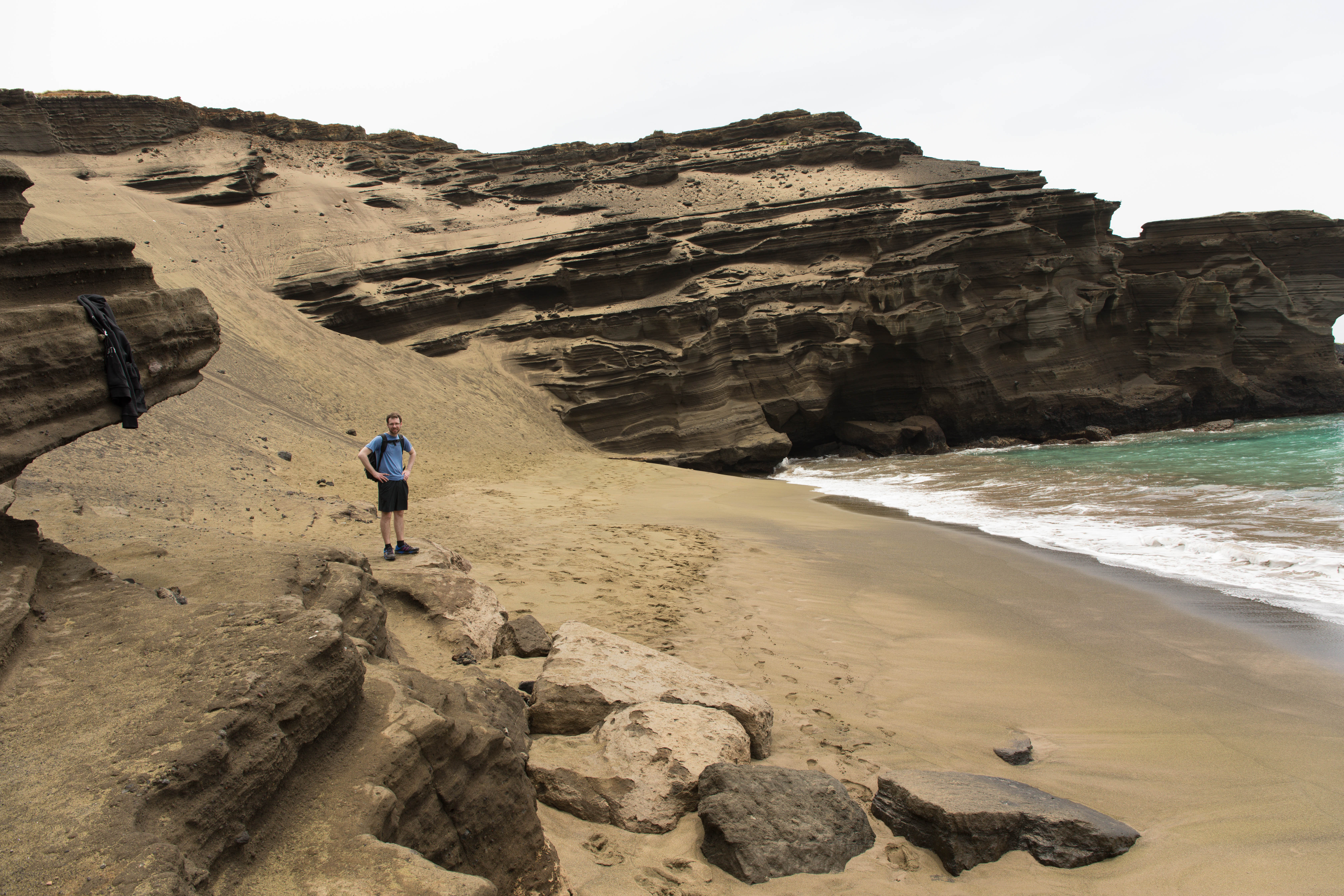
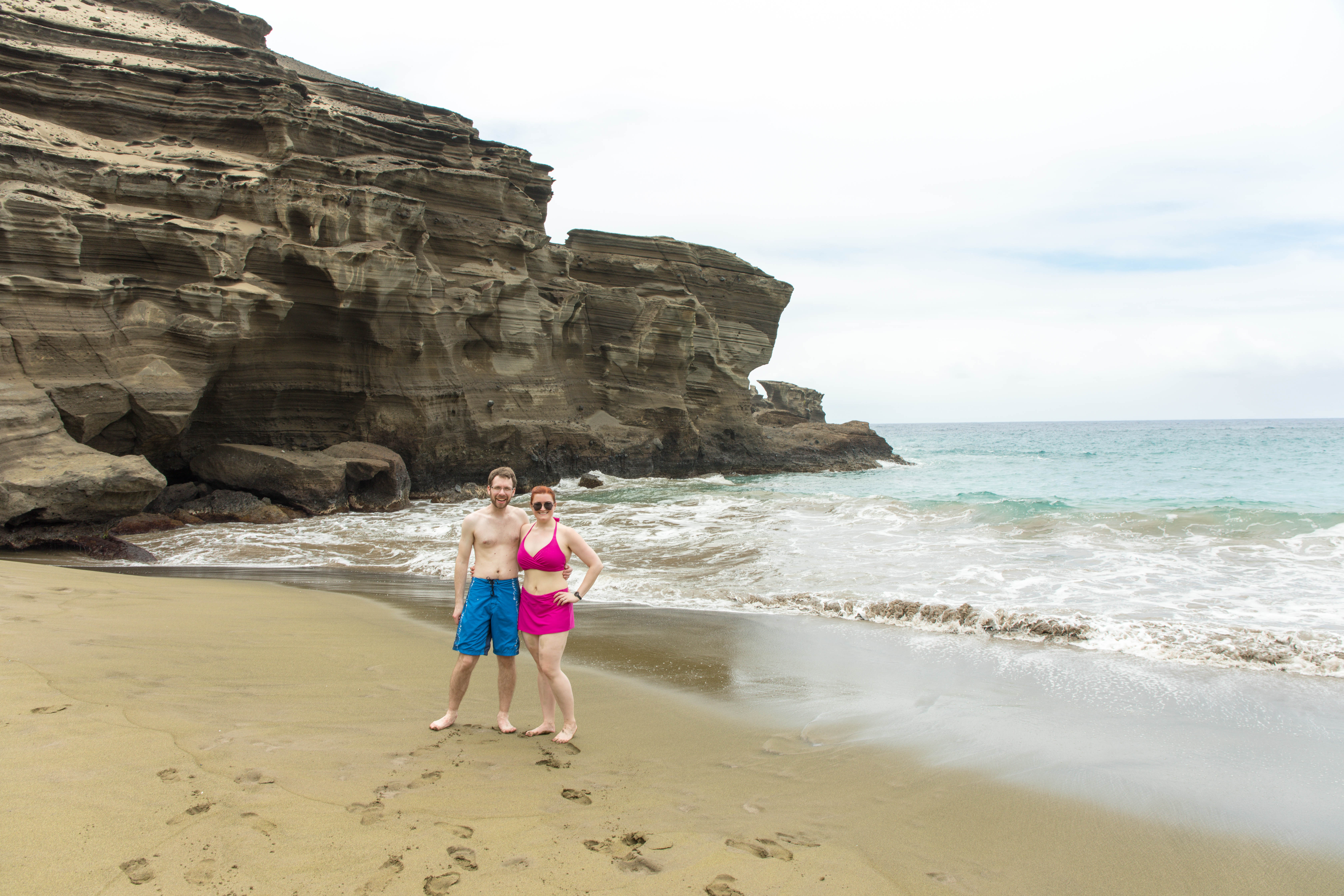
Volcano National Park
At this point, none of the following hikes in Volcano National Park are open due to Pele’s indigestion. But once she calms down again, these are the hikes that we recommend.
Kilauea Iki Crater
No, this isn’t the crater that is currently falling in and having a major earthquake every 24 hours… that’s its sibling right down the road. But this is just as eery as you hike along the path down to the far end of the crater and then make your way back across the floor of crater but what feels like the surface of another planet.
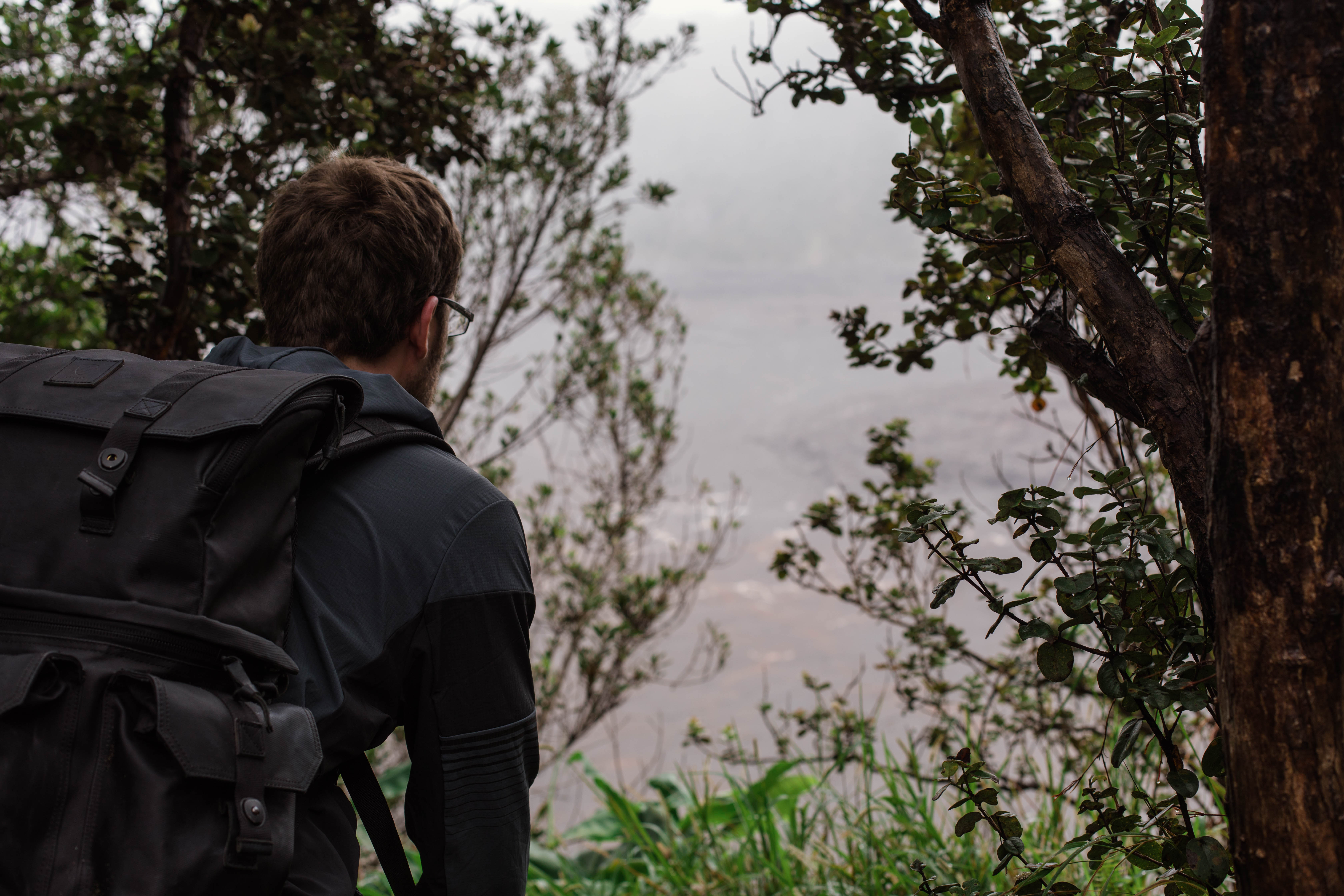
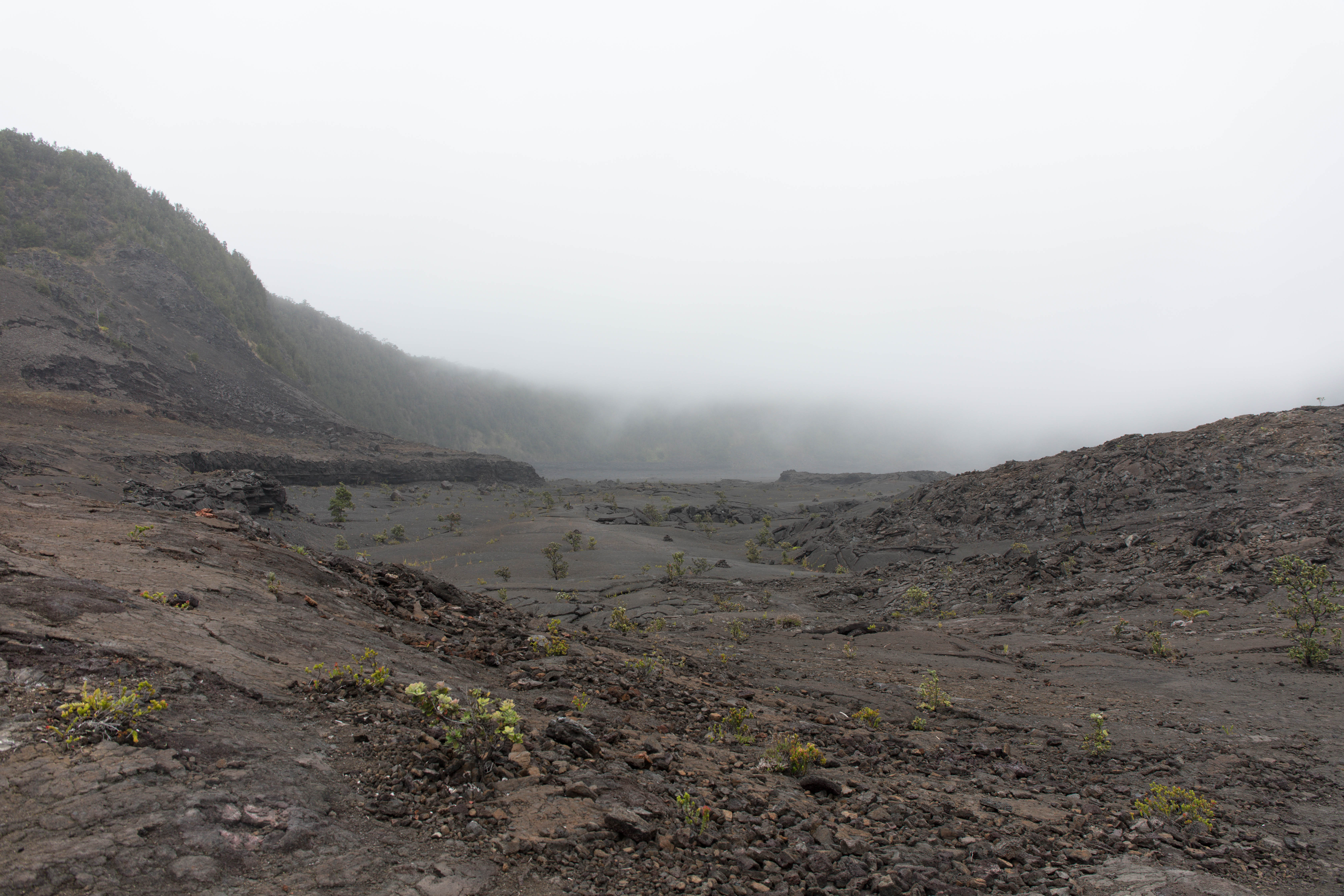
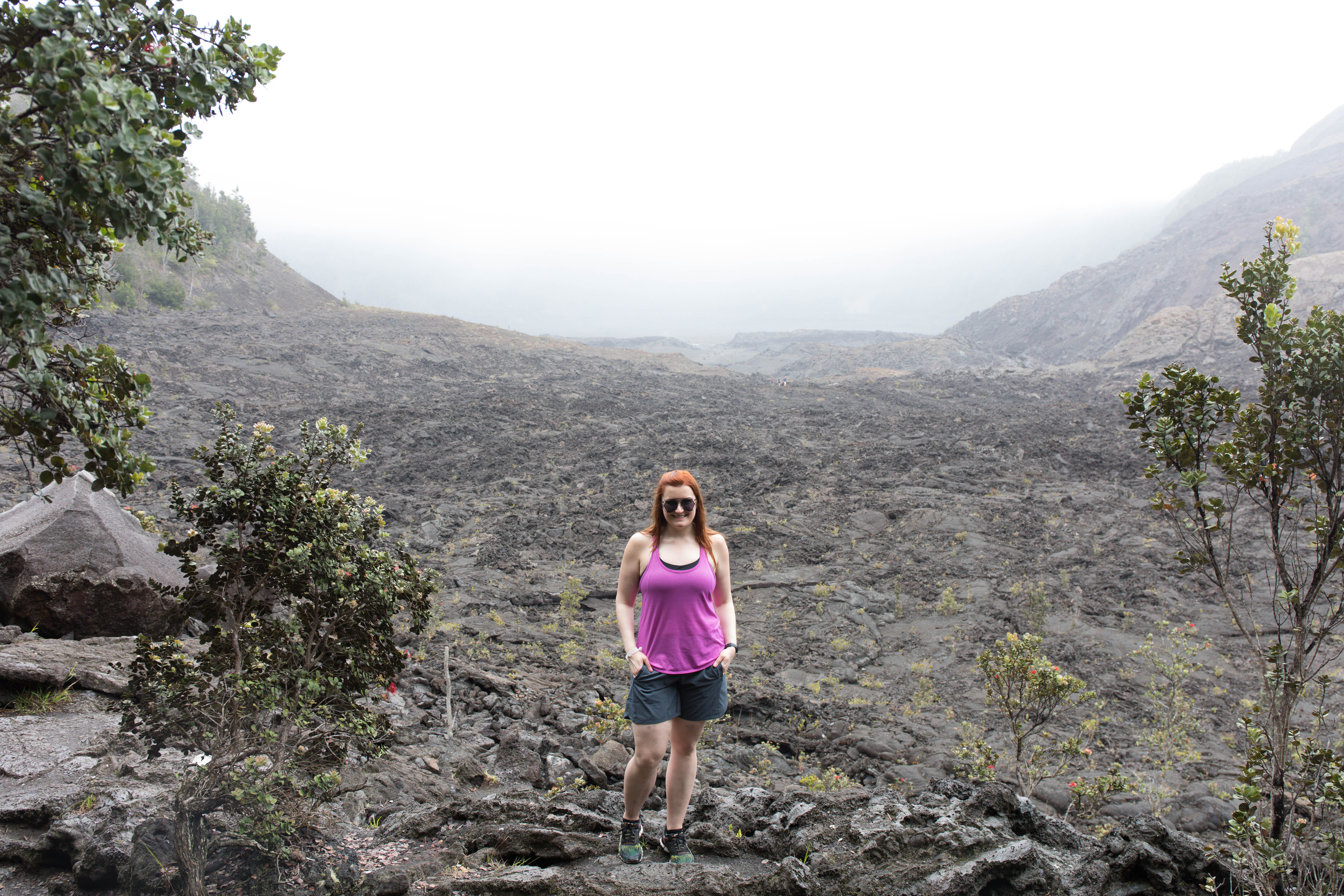
Thurston Lava Tube
After climbing back out of the Kilauea Iki Crater, stop off at the Thurston Lava Tube. The lava tube is incredibly popular, so parking is always miserable right there anyway, so do yourself the favor and just it on your way back to the Kilauea Iki Crater trailhead. The lave tube entrance is just a short hike from the road and the cave itself is lit during the day. If you want to make it extra exciting, return at night with your flashlight to explore the cave after they have turned out the lights. (Volcano National Park is open 24/7.)
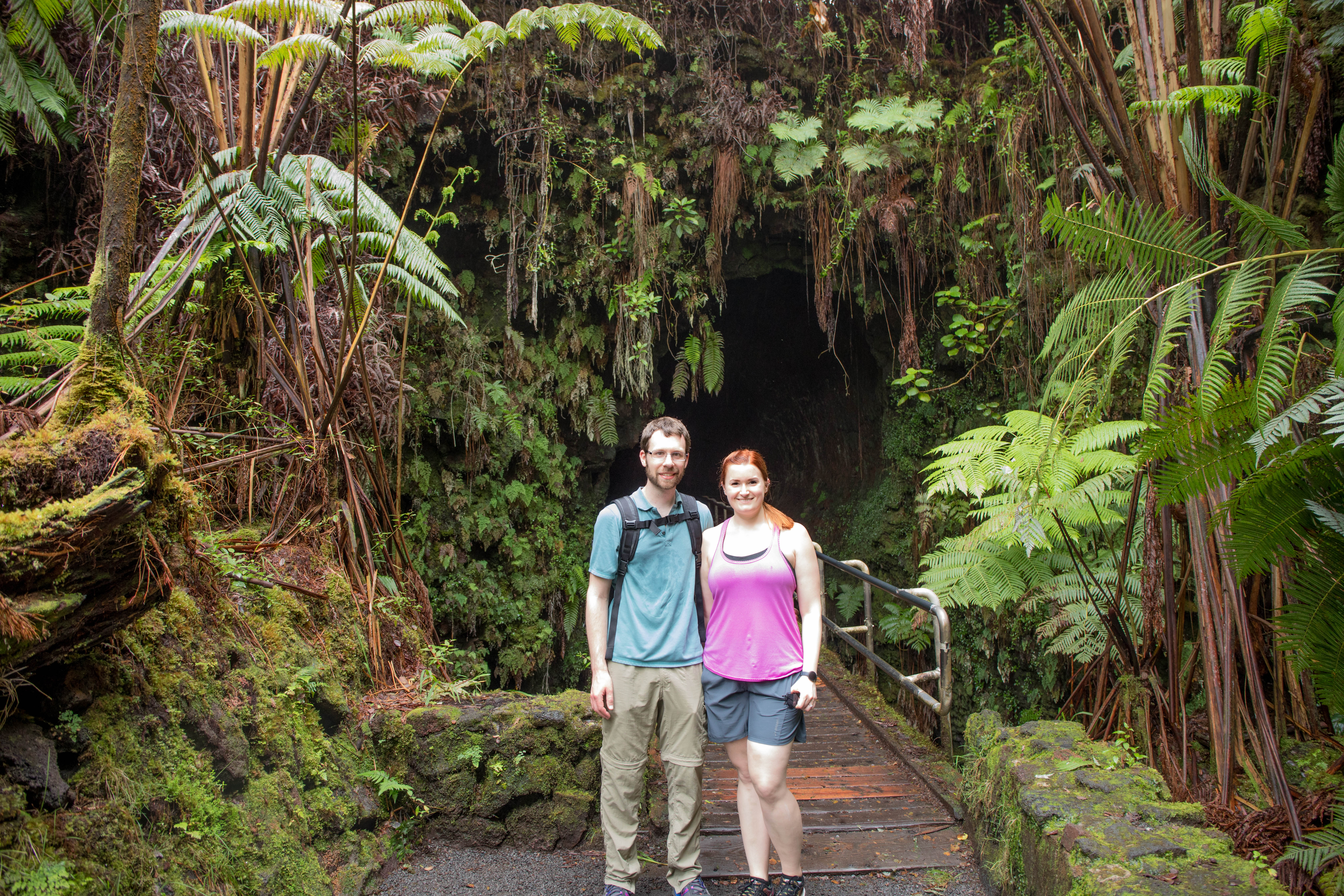
Old Crater Rim Drive
Depending on what happens once the seismic activity calms down, the possibility remains that the crater rim drive could be opened back up to traffic. But for the time being, it is only open to hikers and bikers, and even then, it is closed just a few miles down the road. There are a few attractions to see, including a different vantage point of the crater floor as well as several other larger crater pits. Plus the hiking is really easy, since you’re on a paved road after all.
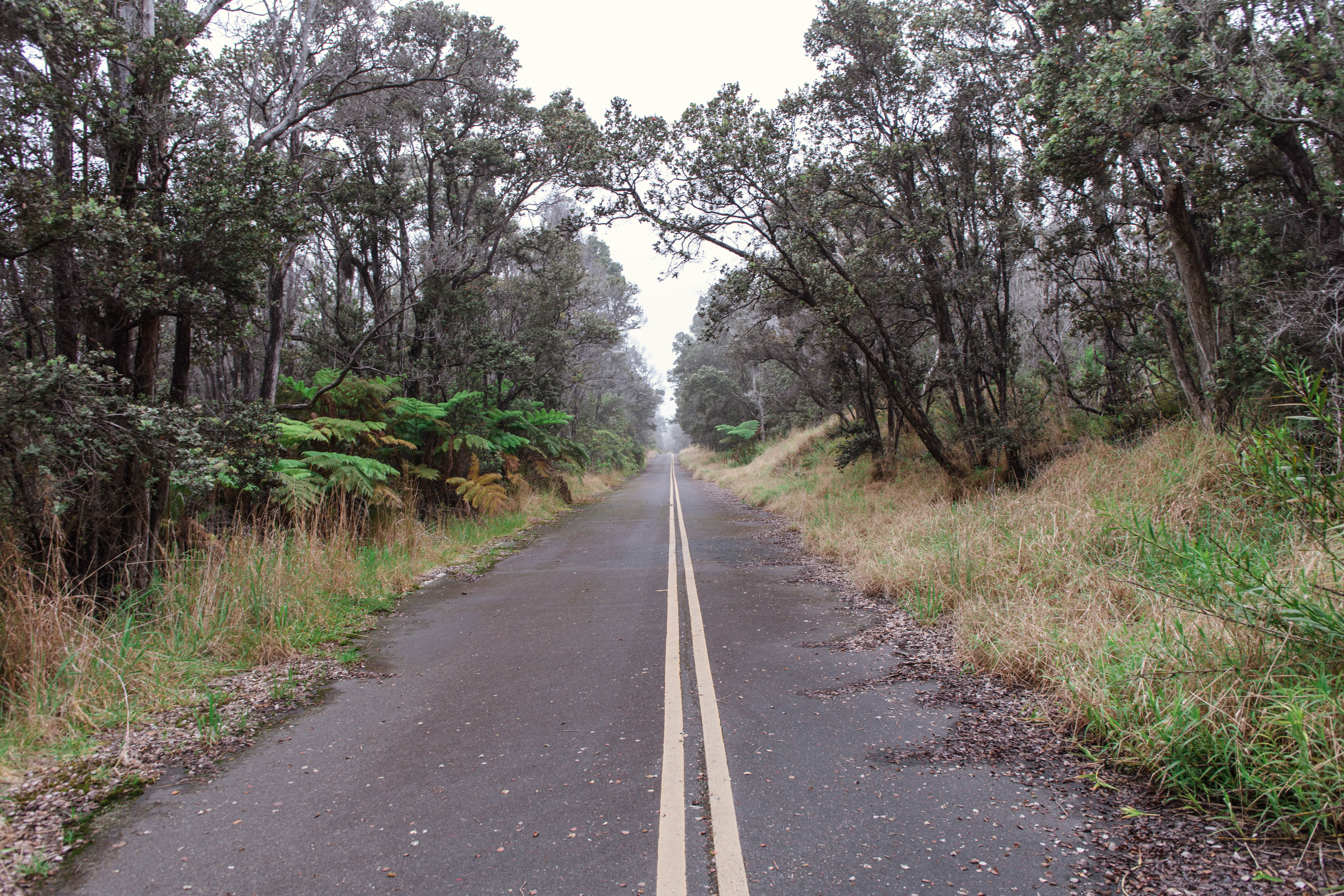
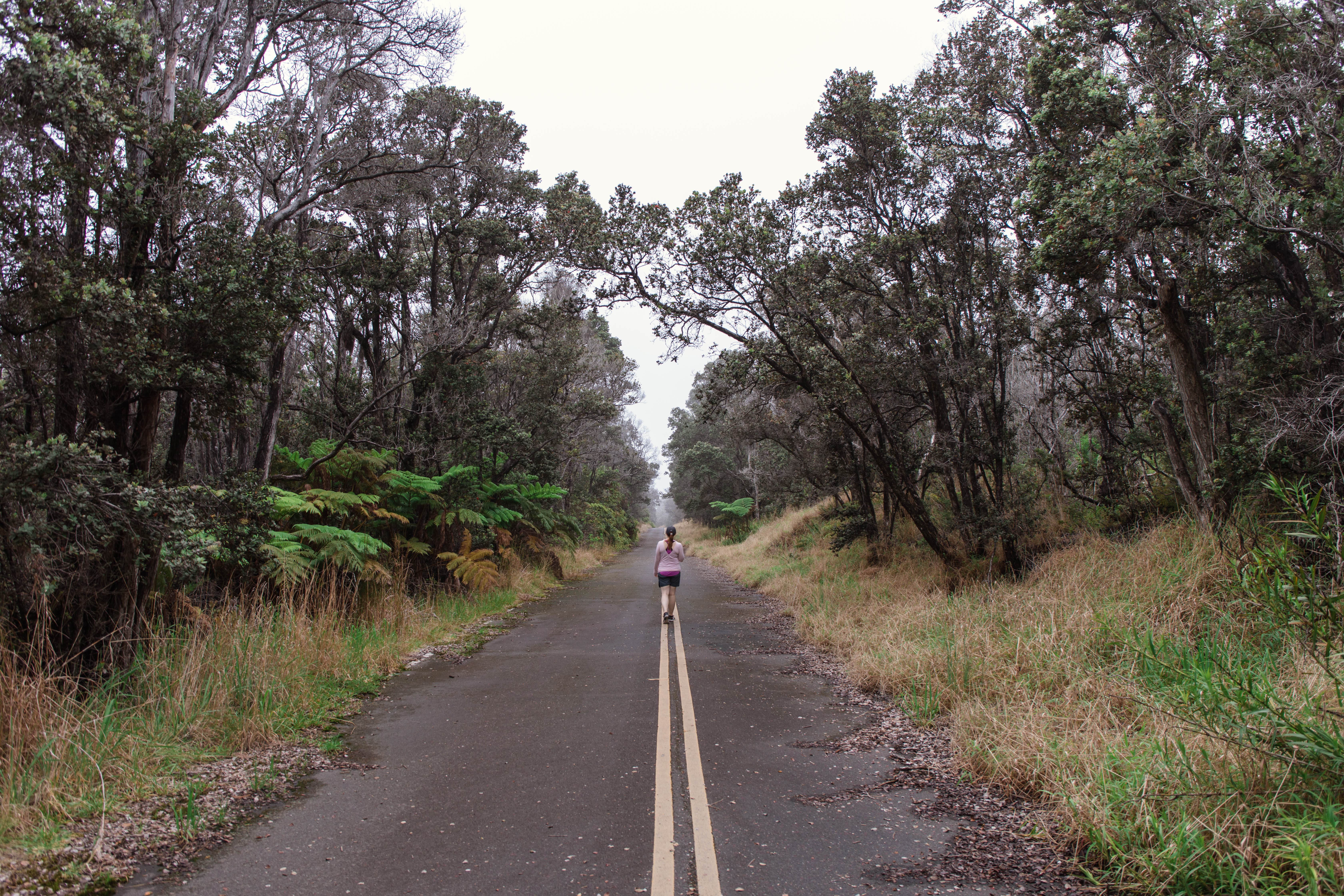
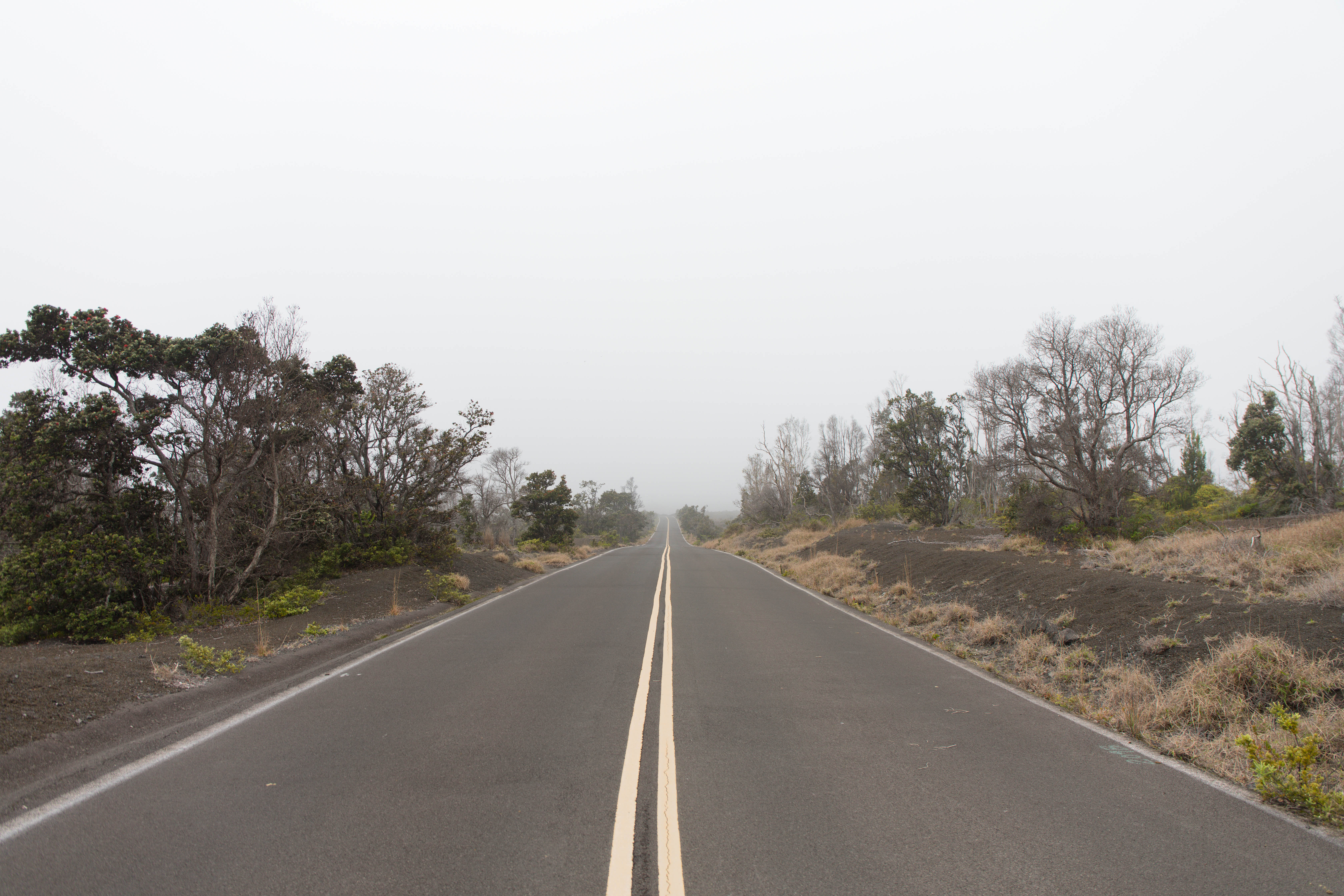
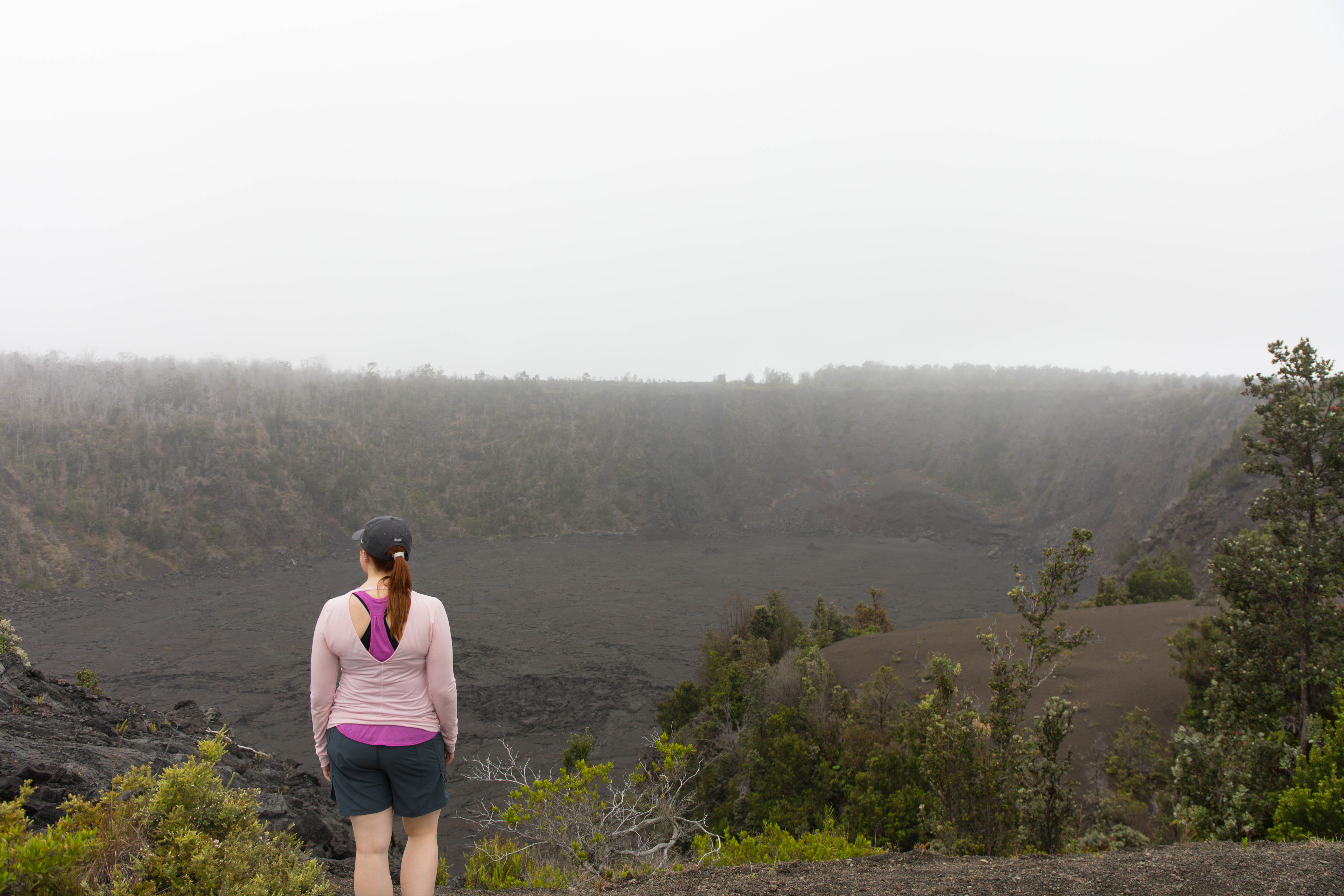
Saddle Road
Puʻu ʻŌʻō Trail/Powerline Trail
This isn’t the most glamorous trail, but it is different than many of the others. Rather than being along the coast, this is several miles inland along the Saddle Road in the middle of the island. You’ll park in a very small gravel parking lot just off the road and hike across a lot of lava rock following rock cairns, occasionally passing through groves of trees. Once you reach the end, you can either turn back around, or come back on the Powerline trail. If you choose to do the latter, you’ll pass by a dormant lava tube (not that you are allowed to go in without a permit) and eventually come back to the highway about half a mile from where you started.
Mauna Kea
There are actually a couple trails on Mauna Kea. If you are an adventurous soul who doesn’t already have a 4WD vehicle in their possession, you can start from the visitor’s center in the morning and hike all the way up to the peak of Mauna Kea to where the observatories are. However, if you’re like the rest of us, you can settle for parking at the visitor’s center an hour before sunset and hiking the nearby hill to get a great view of the sunset above the clouds. Then on the way back, you can spend another hour at the visitor’s center listening to the start tour and looking through really expensive telescopes.
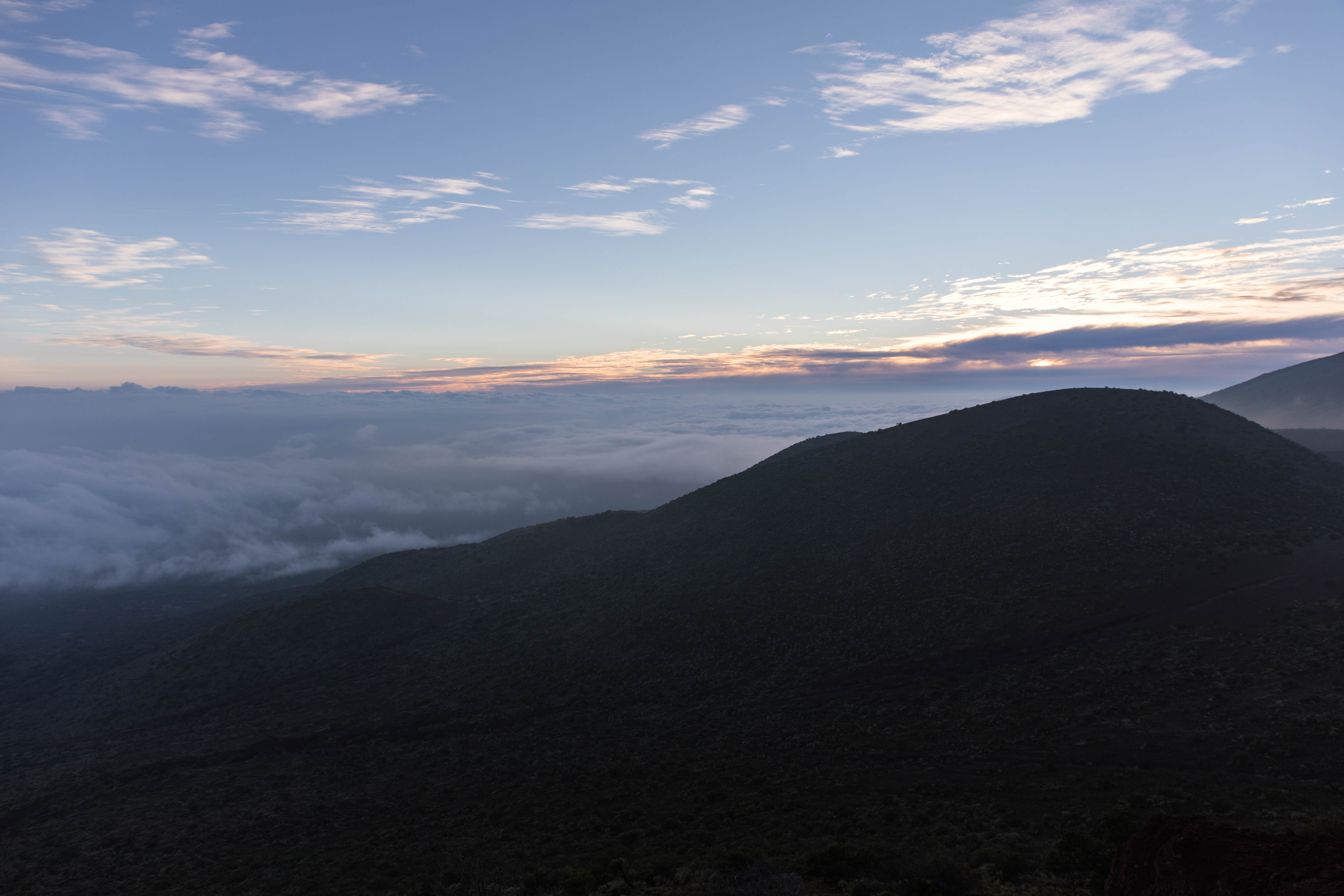
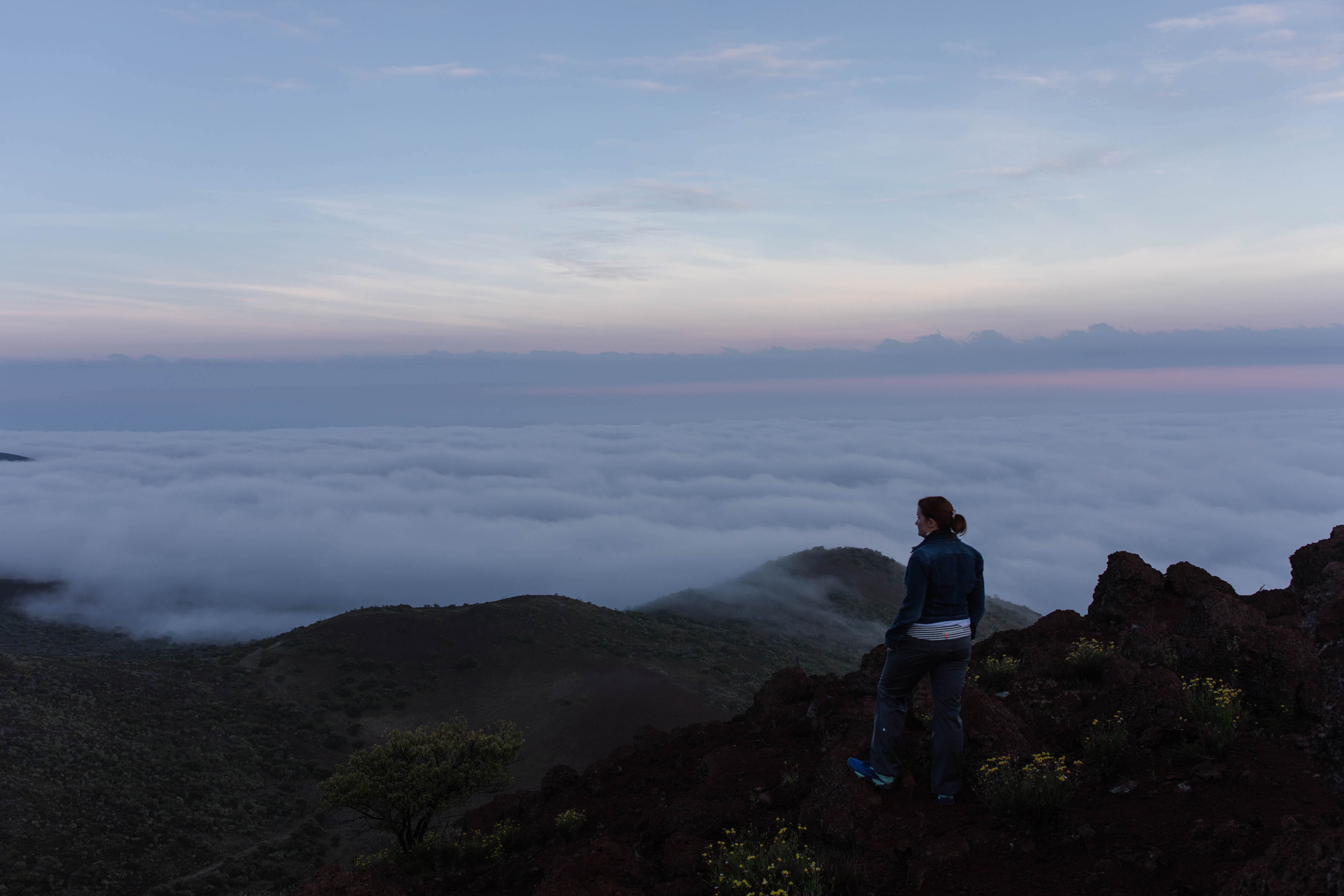
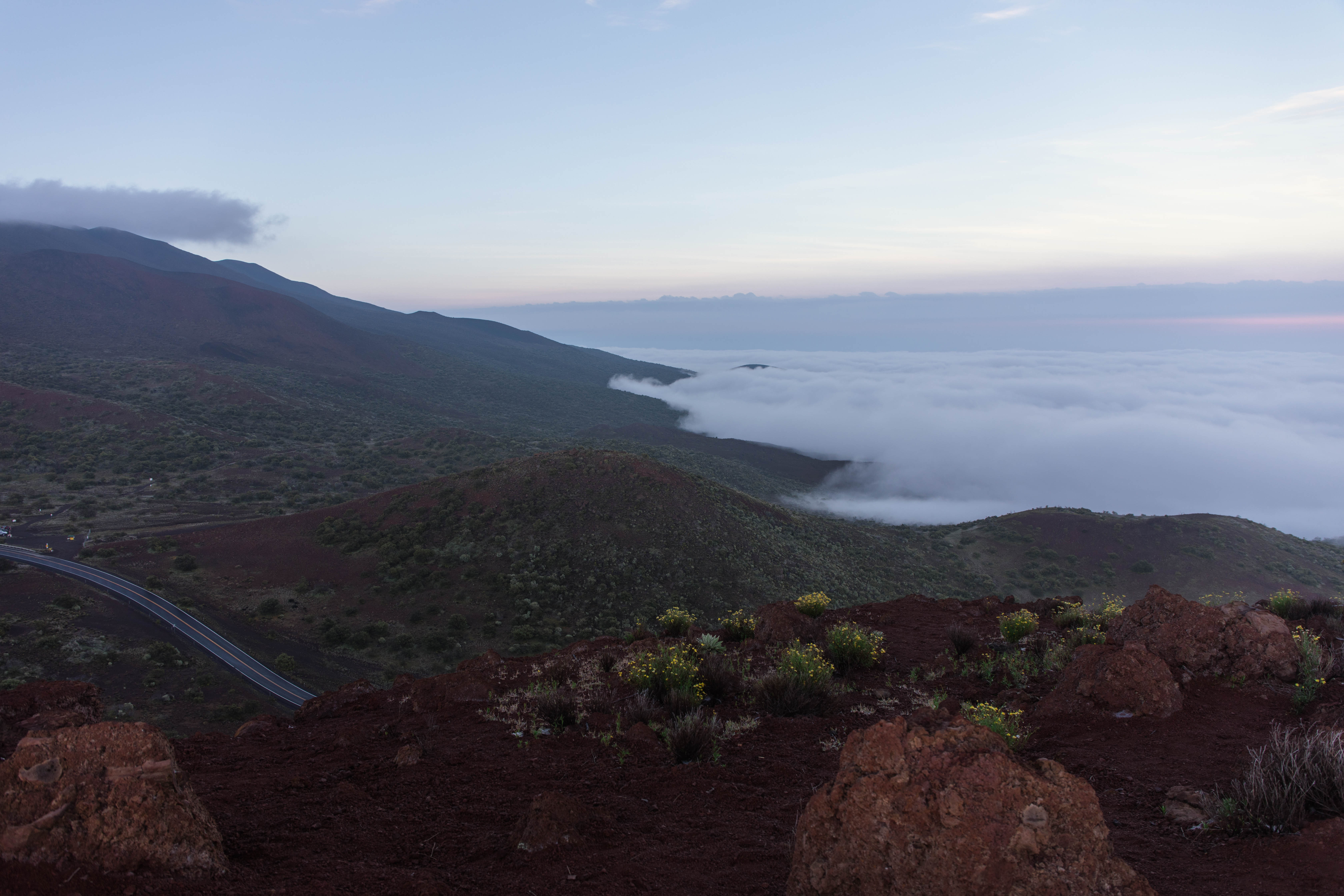
Hilo
Akaka Falls
Akaka Falls are some of the largest falls in Hawaii. The trail to get there is actually very easy and it’s paved all the way. However, the unfortunate aspect to this is that you have to pay to get in and you’ll be surrounded by lots of other tourists. Even still, it’s worth the couple dollars that it costs to park outside the gates and walk to the falls.
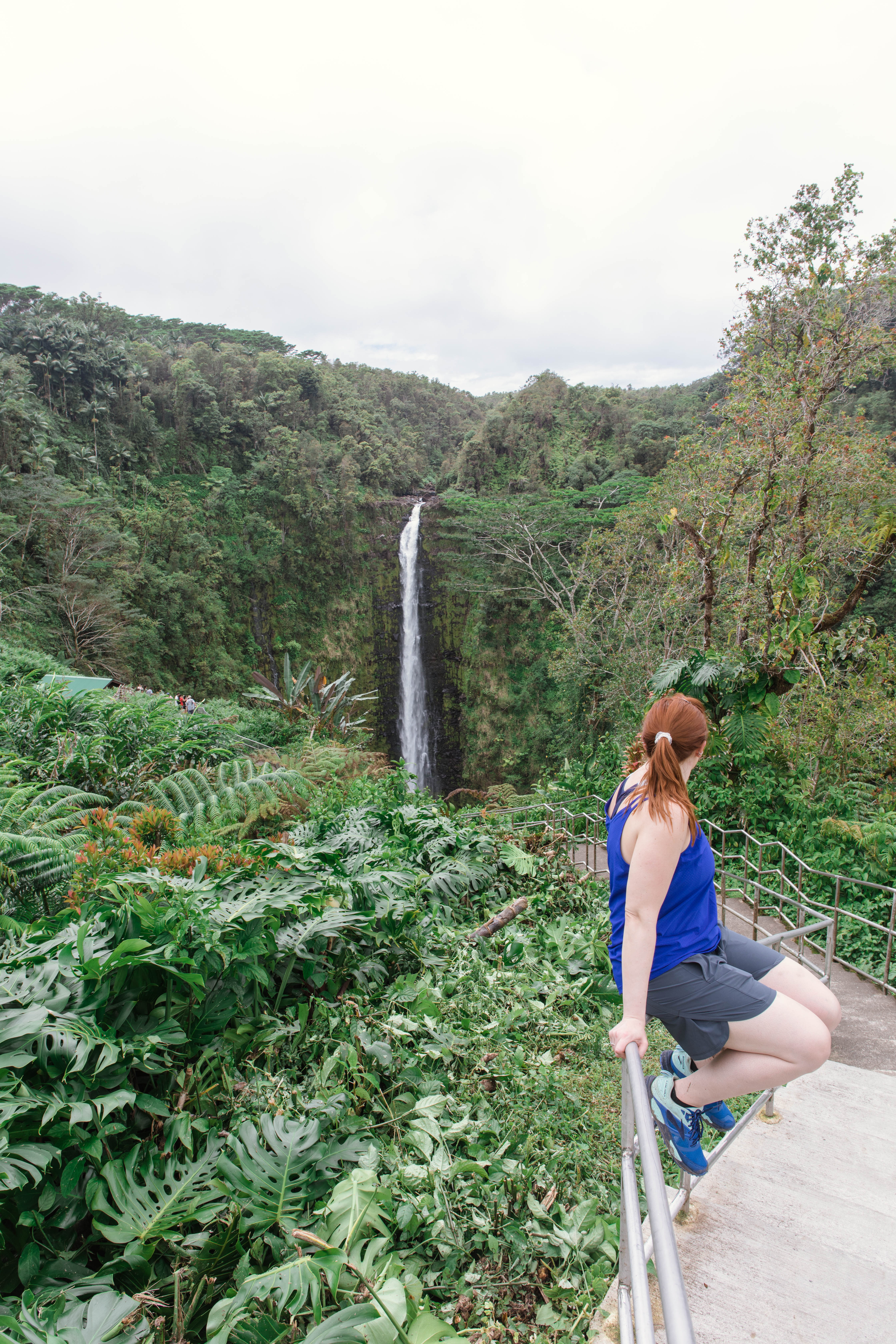
Kaumana Caves
When we spotted this on Google Maps, we honestly didn’t know what to expect. You park across the street from the cave along a nondescript road in Hilo and walk down a set of stairs to the lava tube entrance. Be sure to bring your flashlight (or your phone) as you can actually walk/hike/crawl quite a ways into the cave. Technically, the cave crosses onto private land somewhere along the way, but it isn’t marked so be sure to practice LNT.
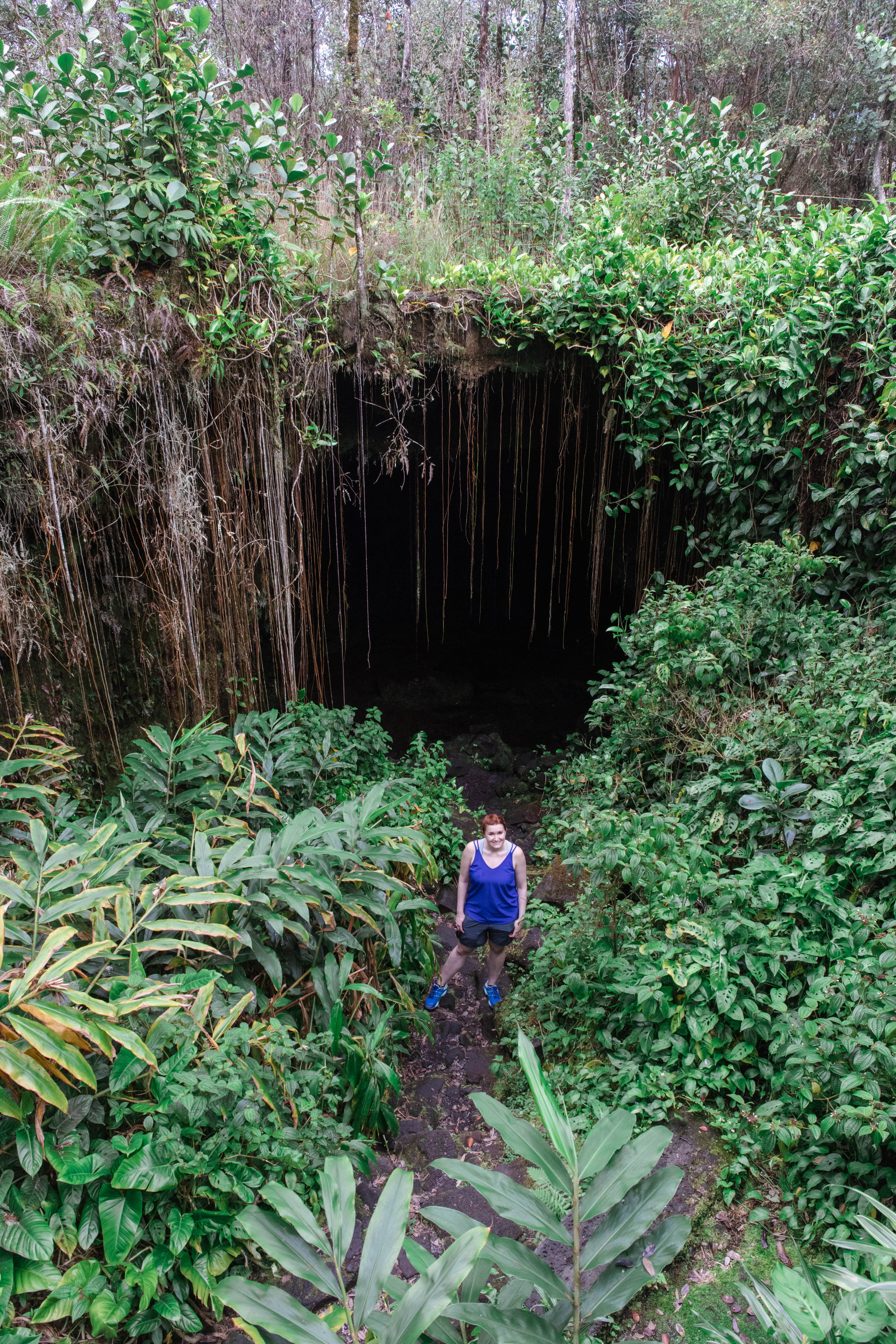
Rainbow Falls
This isn’t actually much of a hike as it is just a park in another part of Hilo. But nonetheless, it is worth a visit for beautiful waterfall. You can also spend a bit of time walking around (or climbing on) some of the massive trees in the park.
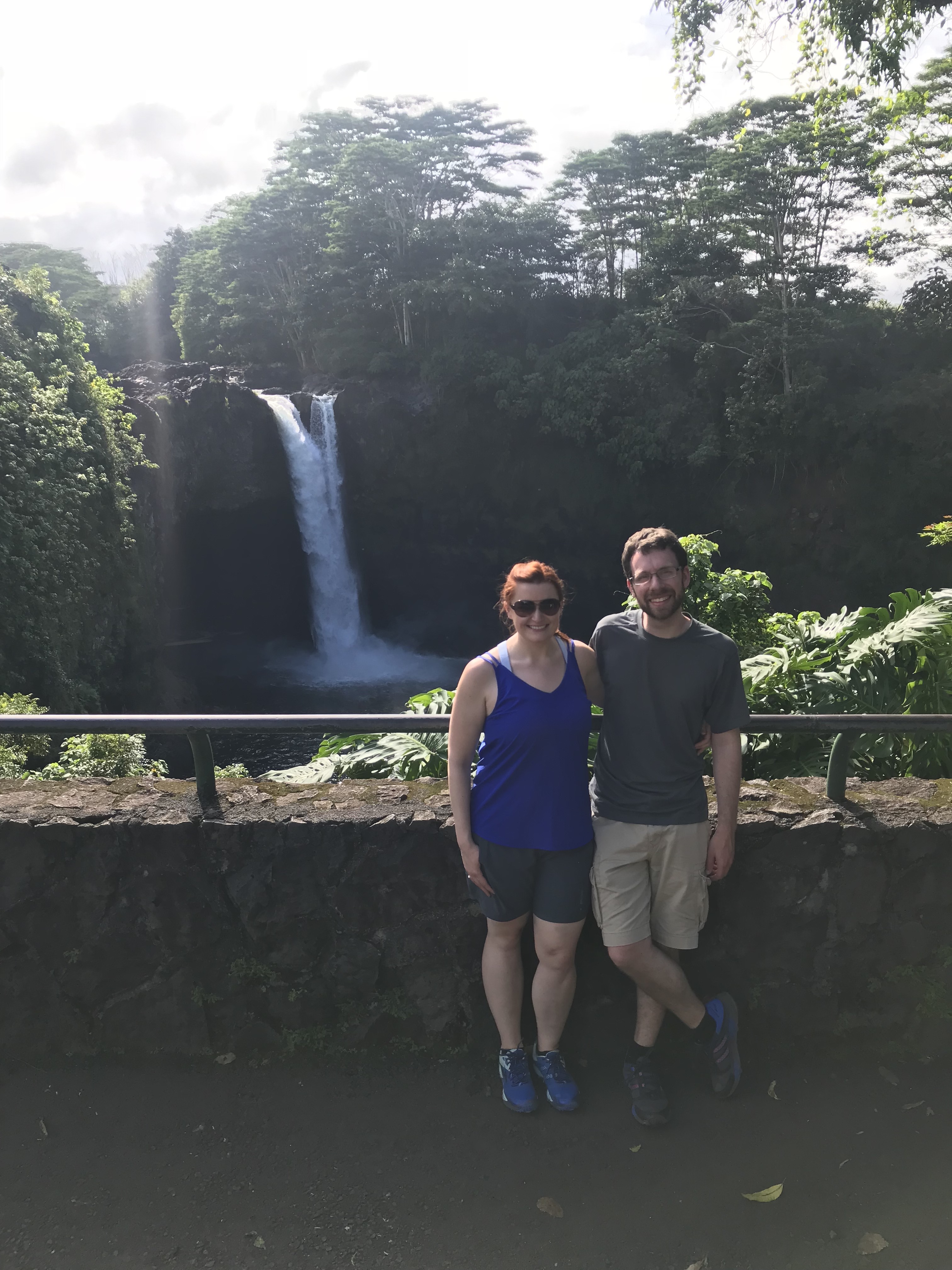
Hawaii Tropical Botanical Garden
Originally started by a married couple, the botanical gardens now offer many visitors the opportunity to see many of Hawaii’s unique flora specimens in one location. You’ll be charged an entrance fee and the walk down to lookout over the water can be steep in places, but many of the plants and flowers are exceptionally beautiful. Just be sure not to forget your bug spray.
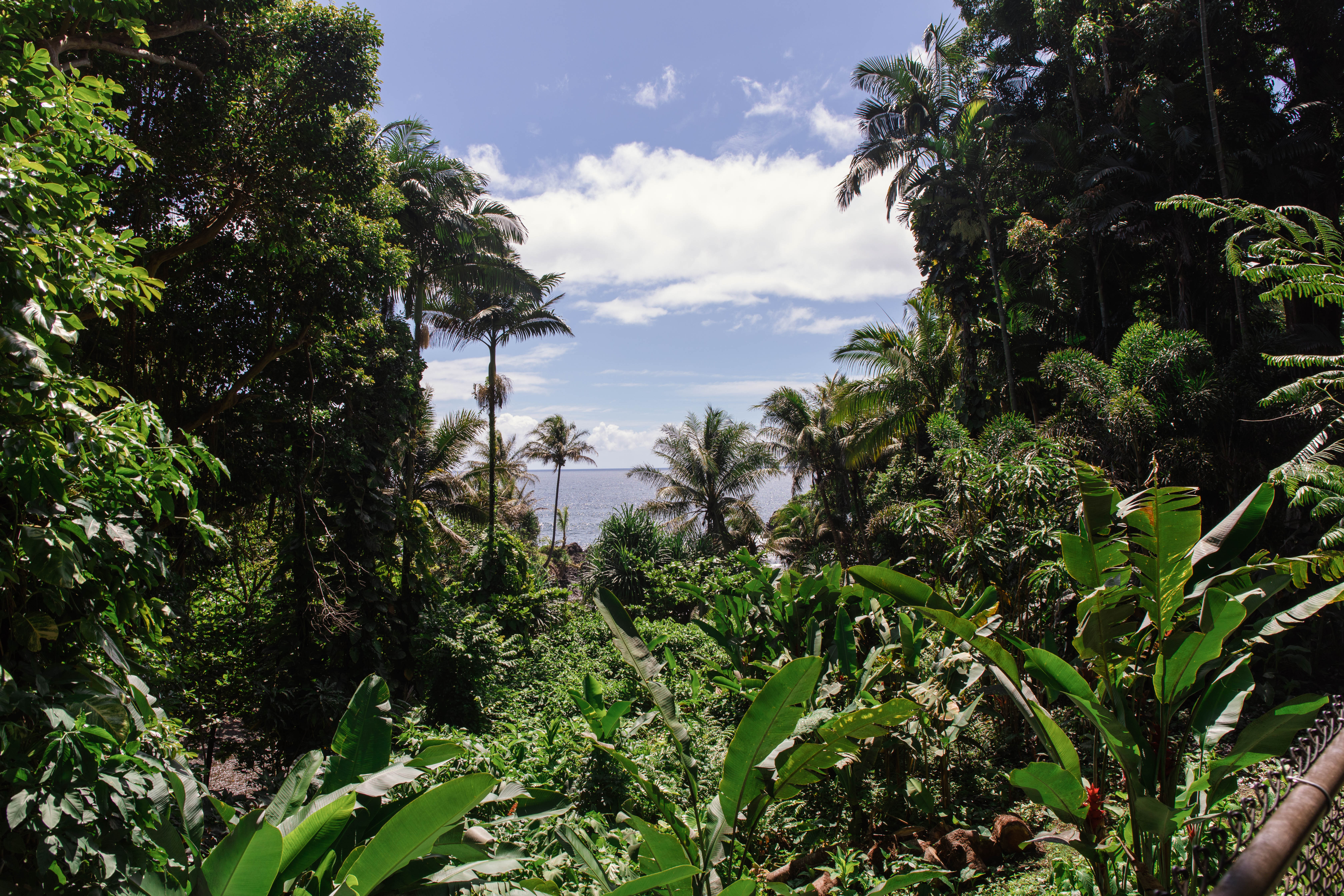
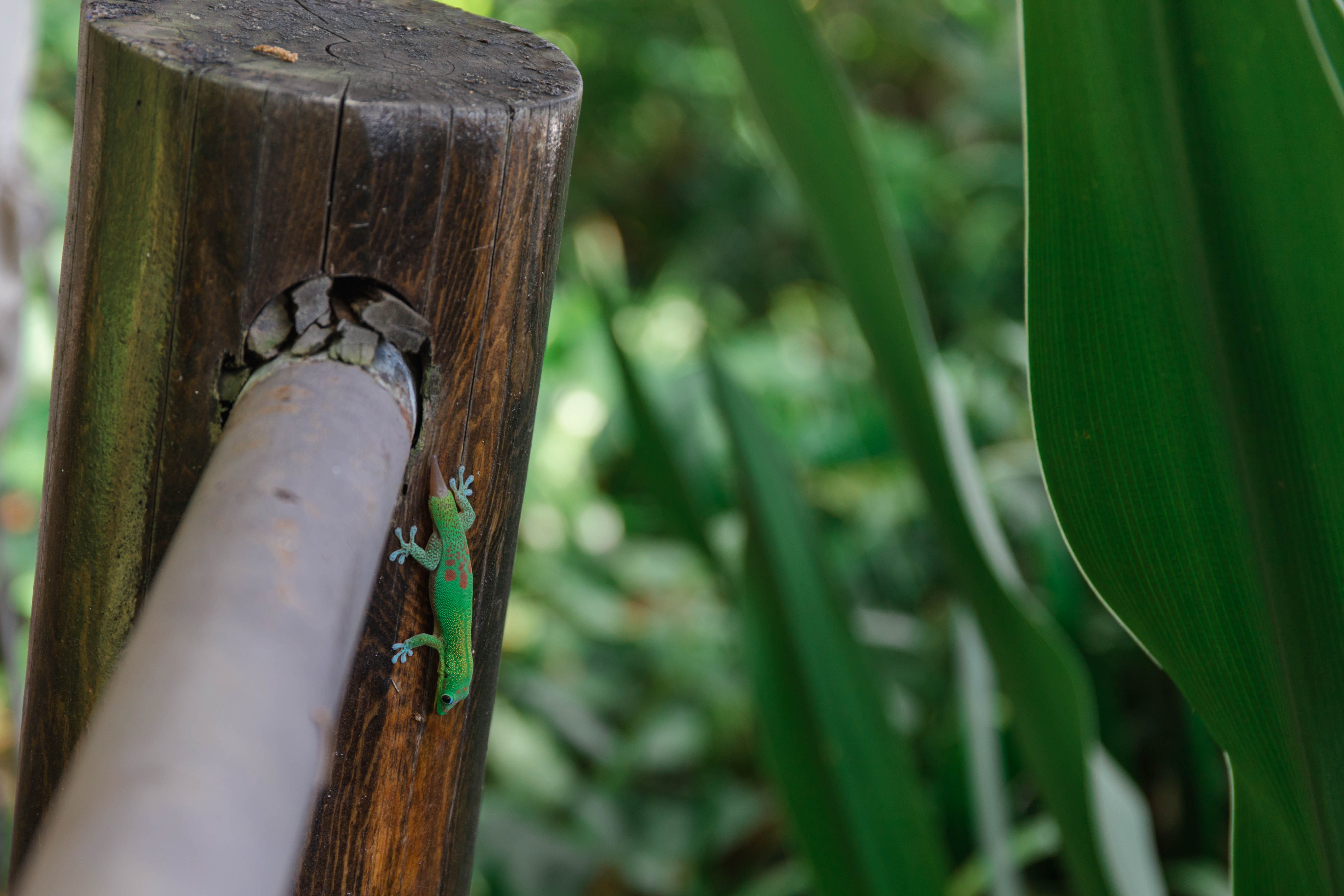
Hamakua Coast
Waipio Valley
When you rent a car on the Big Island, there are normally two places they tell you not to go. One is up to the observatories on Mauna Kea, and the other is into the Waipio Valley. But you are certainly allowed to hike it! You can park at the top of the road leading into the valley and then walk along it all the way to the valley floor. Once you reach flat ground again, turn right and follow the muddy road out to the beach. From there, you can, in theory, walk along the beach to the other side of the valley and continue up a set of switchbacks for great views of the valley. Unfortunately, if you’re like us, you’ll arrive after it has been raining and the river crossing part way down the beach will be so high that you’ll fear being washed out to sea.
